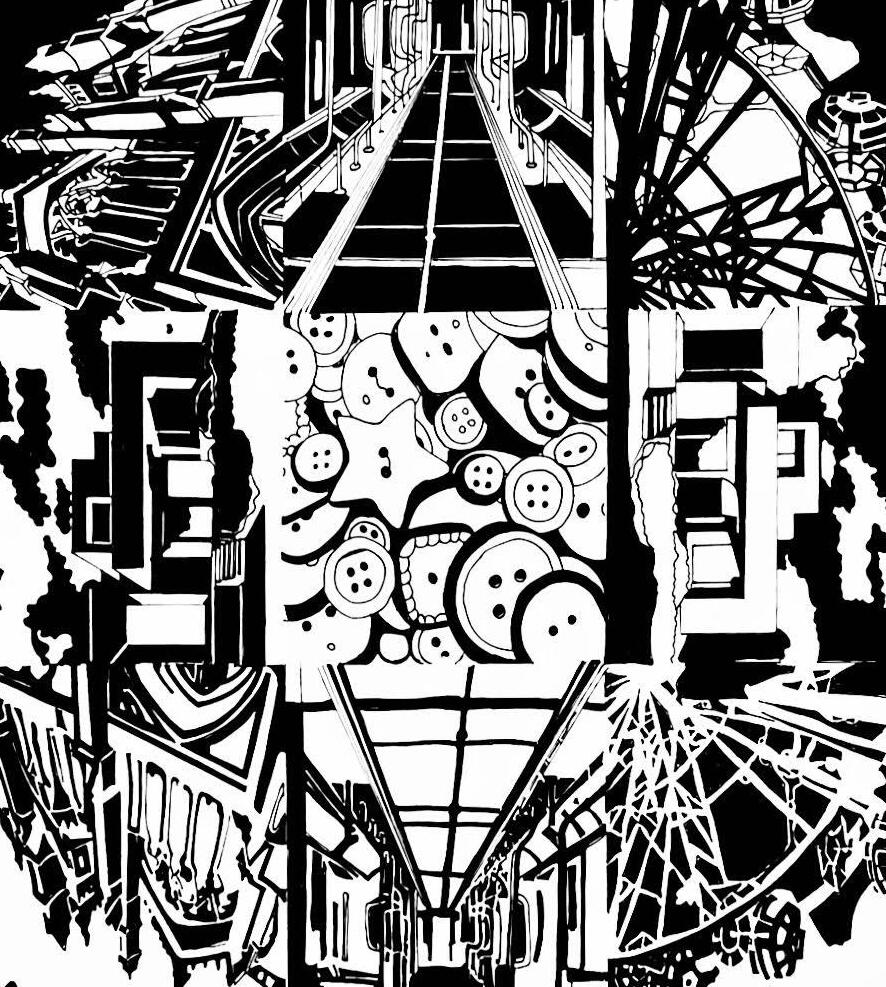
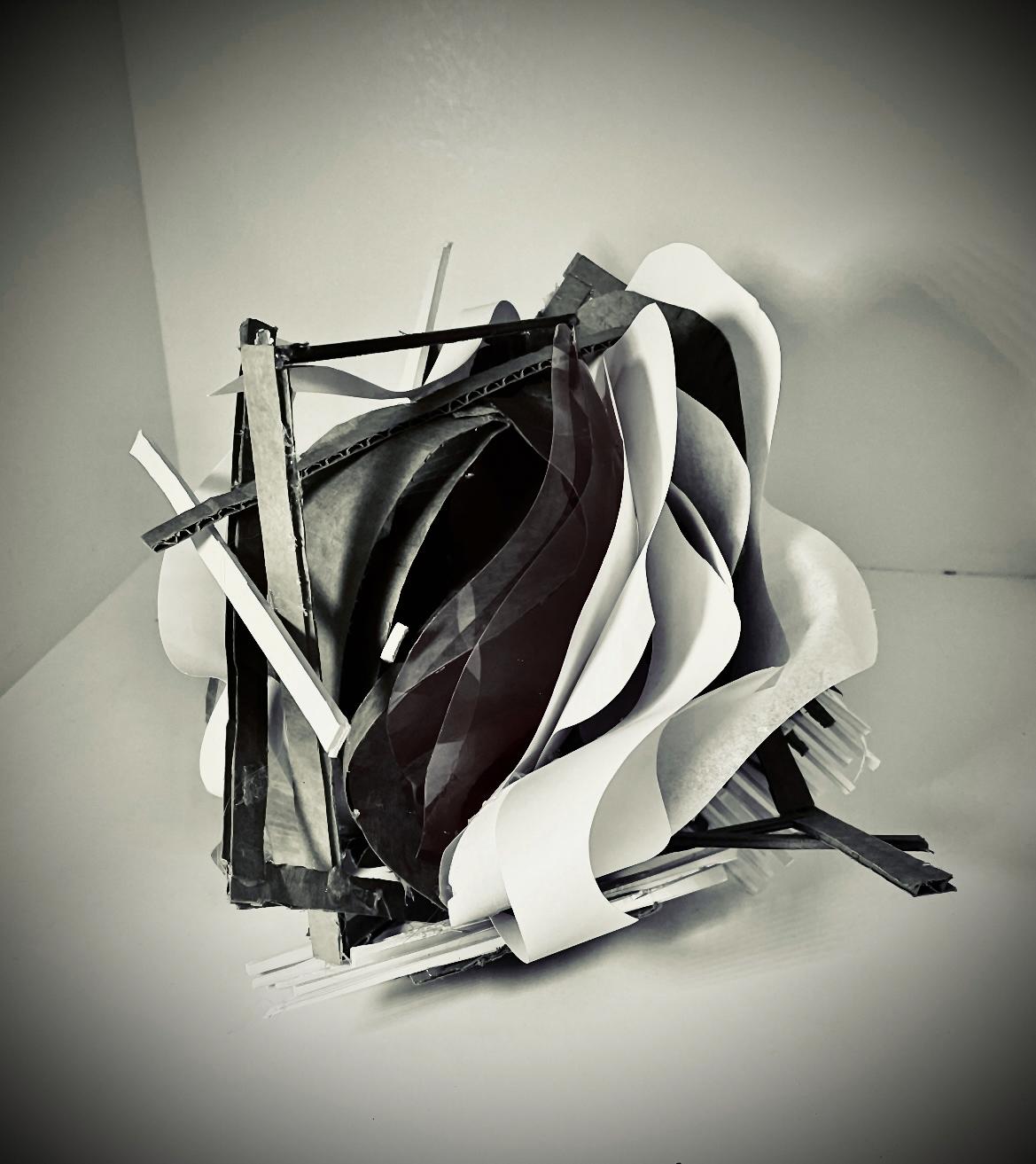



I have always been fascinated by how architecture can shape the way people live and feel. I love how spaces can bring people together, create emotions, and tell stories. From how light enters a room to how a well-designed building feels welcoming, I've seen the power of great design. This is why I want to study architecture and turn my passion into a career.
My design philosophy is simple. I believe buildings should be useful, meaningful, and kind to the environment. I want to create spaces that people enjoy and that also help the world. I am especially interested in sustainable design because it can solve problems while protecting the planet. I admire how natural materials, smart designs, and local traditions can come together to make something both beautiful and responsible.
With a degree in architecture, my goal is to design spaces that help people and communities. I want to work on projects like affordable housing and community centers that bring people together and make a difference. I also want to explore how to mix old and new ideas, using technology to respect and celebrate cultural traditions.
This program excites me because it will help me grow my skills, challenge my ideas, and connect me with others who share my love of design. Architecture has the power to change lives, and I want to be part of that change by creating spaces that improve the way we live.
Thank you for considering me for your program.
Hannah Connolly
Cap 101
-Unit 1 Excersize A - Design & Ordering Principles
-Unit 2 Excersize B - Song Diagrams
-Unit 2 Excersize B - 3D Design - Sand Waves
-Unit 2 Excersize C - Screening Materiality + Translucency
-Unit 2 Excersize D - 3D Design - Study Model
-Unit 2 Excersize D - 3D Design - Trash Monster
Cap 161
-Workshop 2/ Tone and Texture
-Workshop 3/ Diagramming
-Workshop 4/ Field sketching
-Workshop 8 Paraline Drawing
-Auto Biographical Poster
Cap 102
-Project 2 Excersize B - Maps
-Project 3 Excersize A - Movement
-Project 3 Excersize B - Movement
-Project 4 Excersize B - Memorial Model
-Project 4 Excersize B - Memorial - Study Model
-Additional Work
-Writing sample
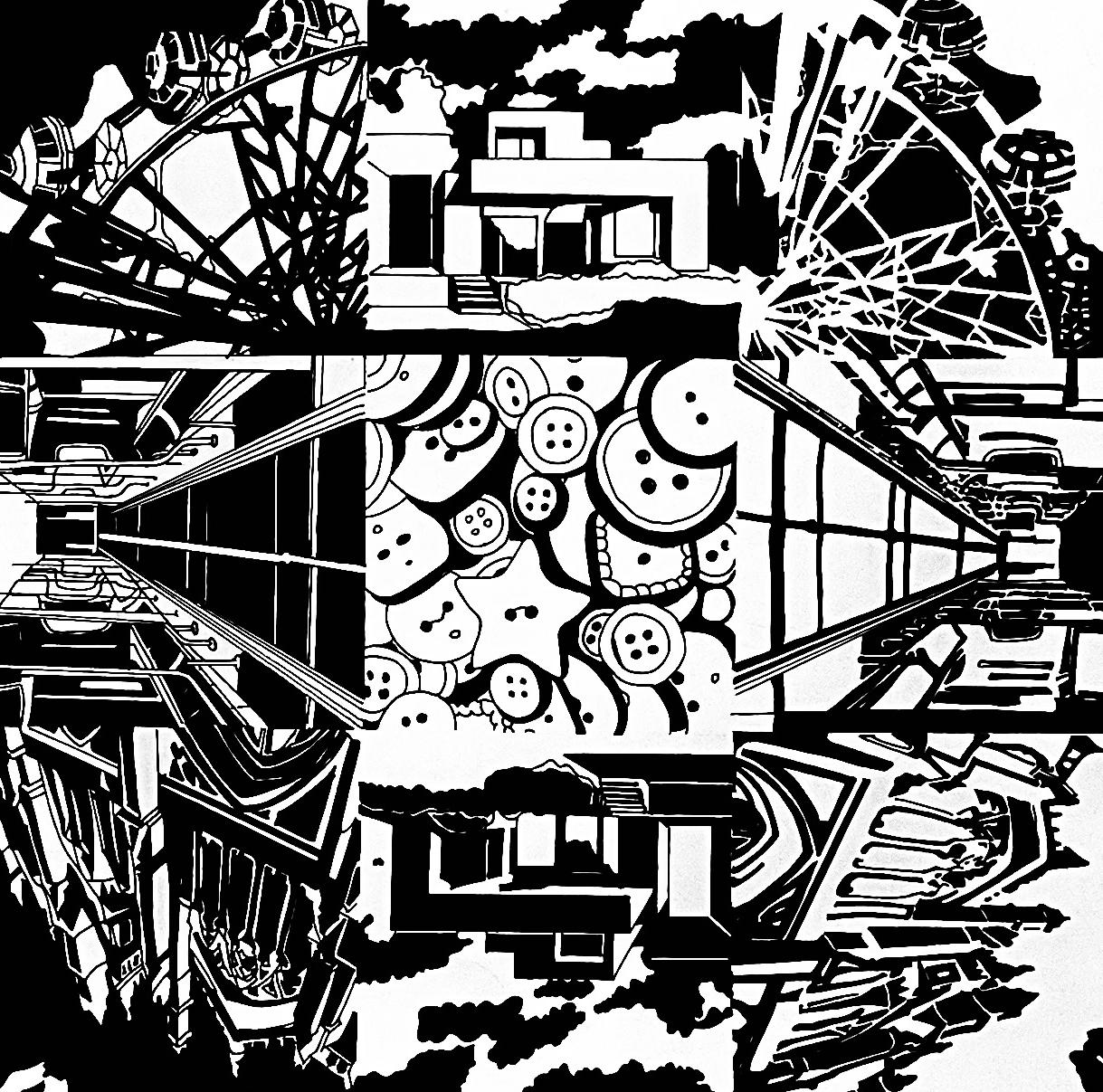
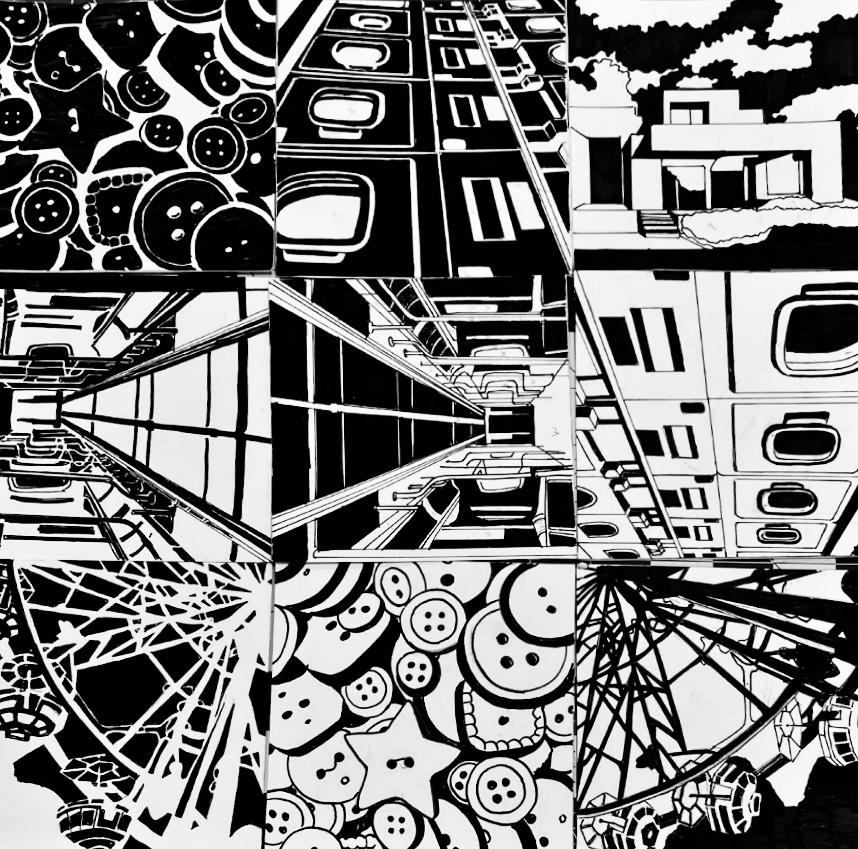
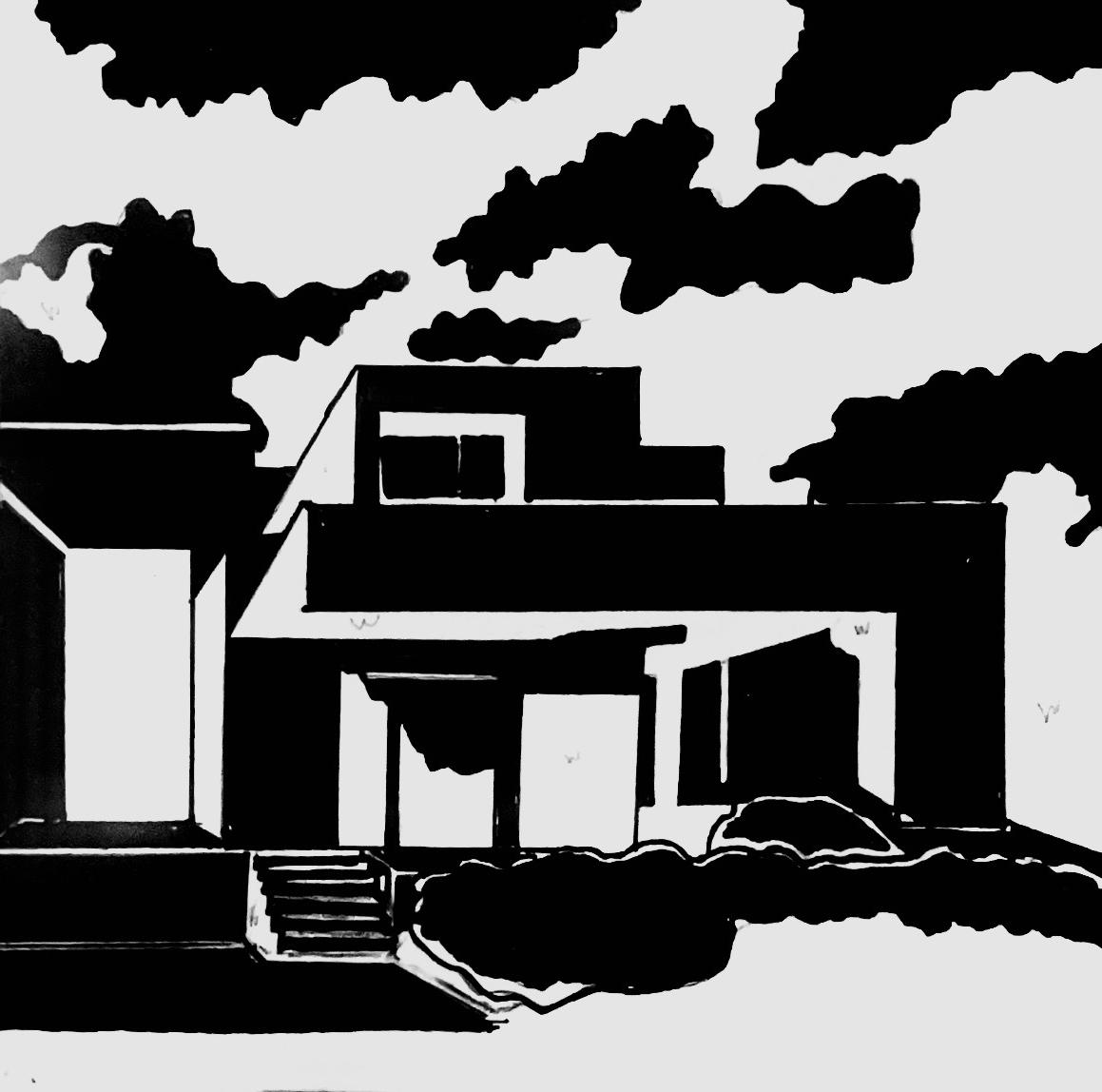
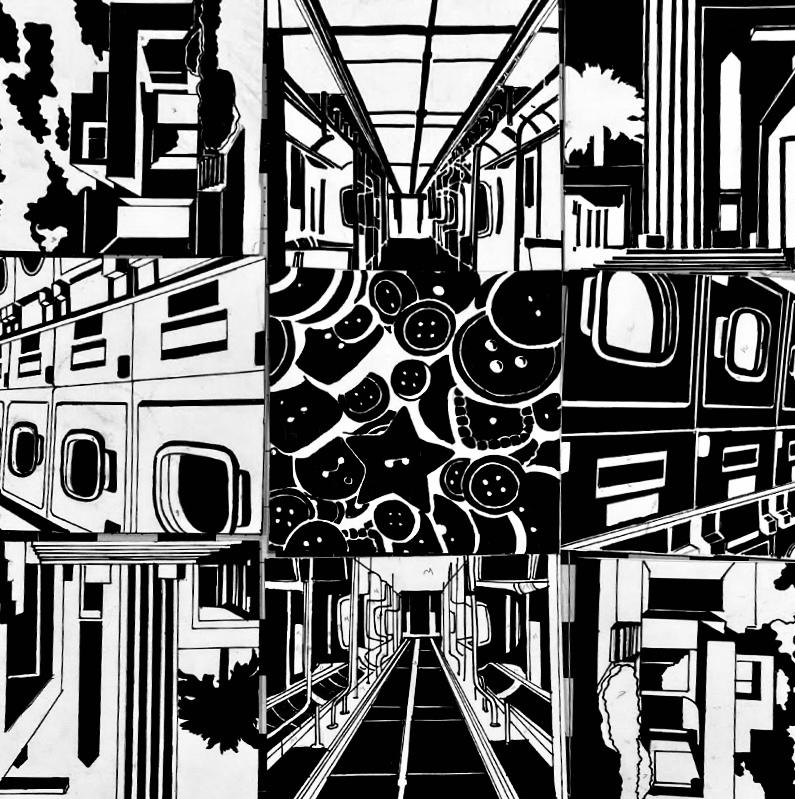
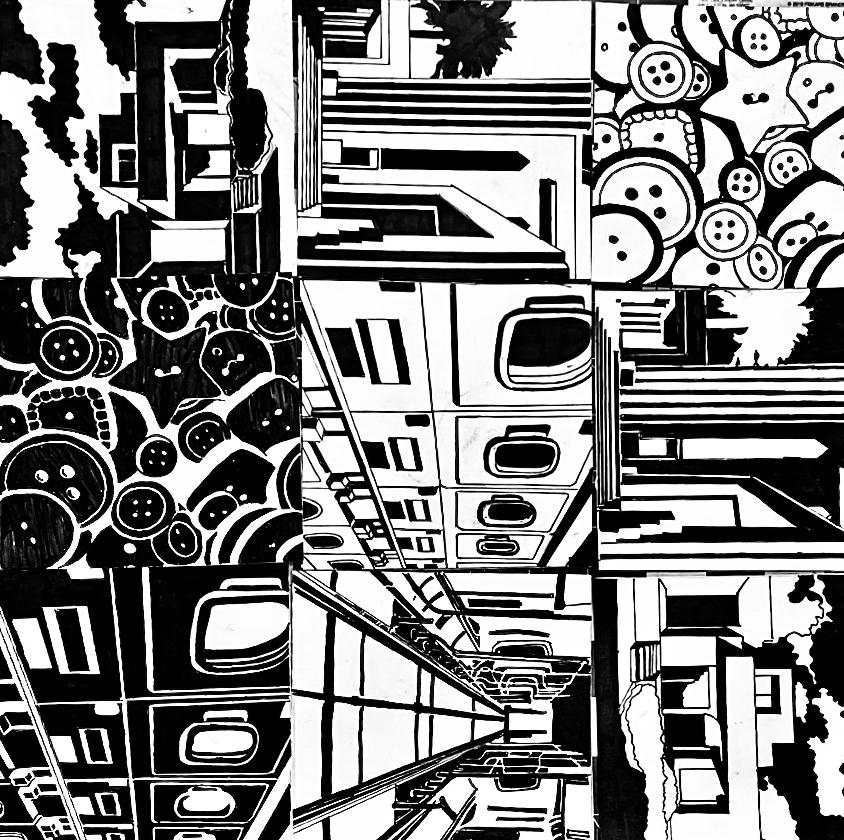
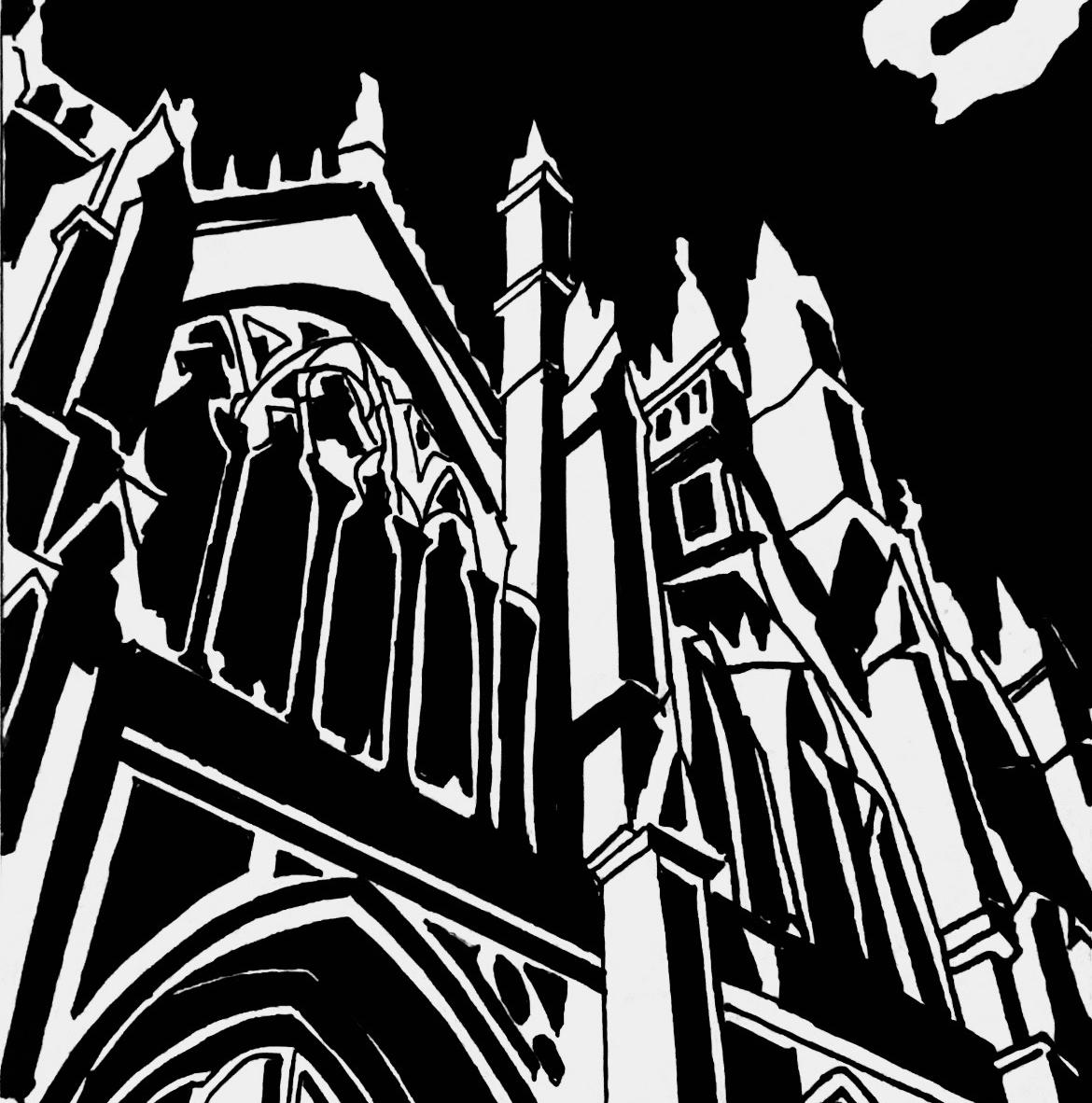
Unit 1 Excersize A
Fall 2025
Section 8
Paul Puzzello
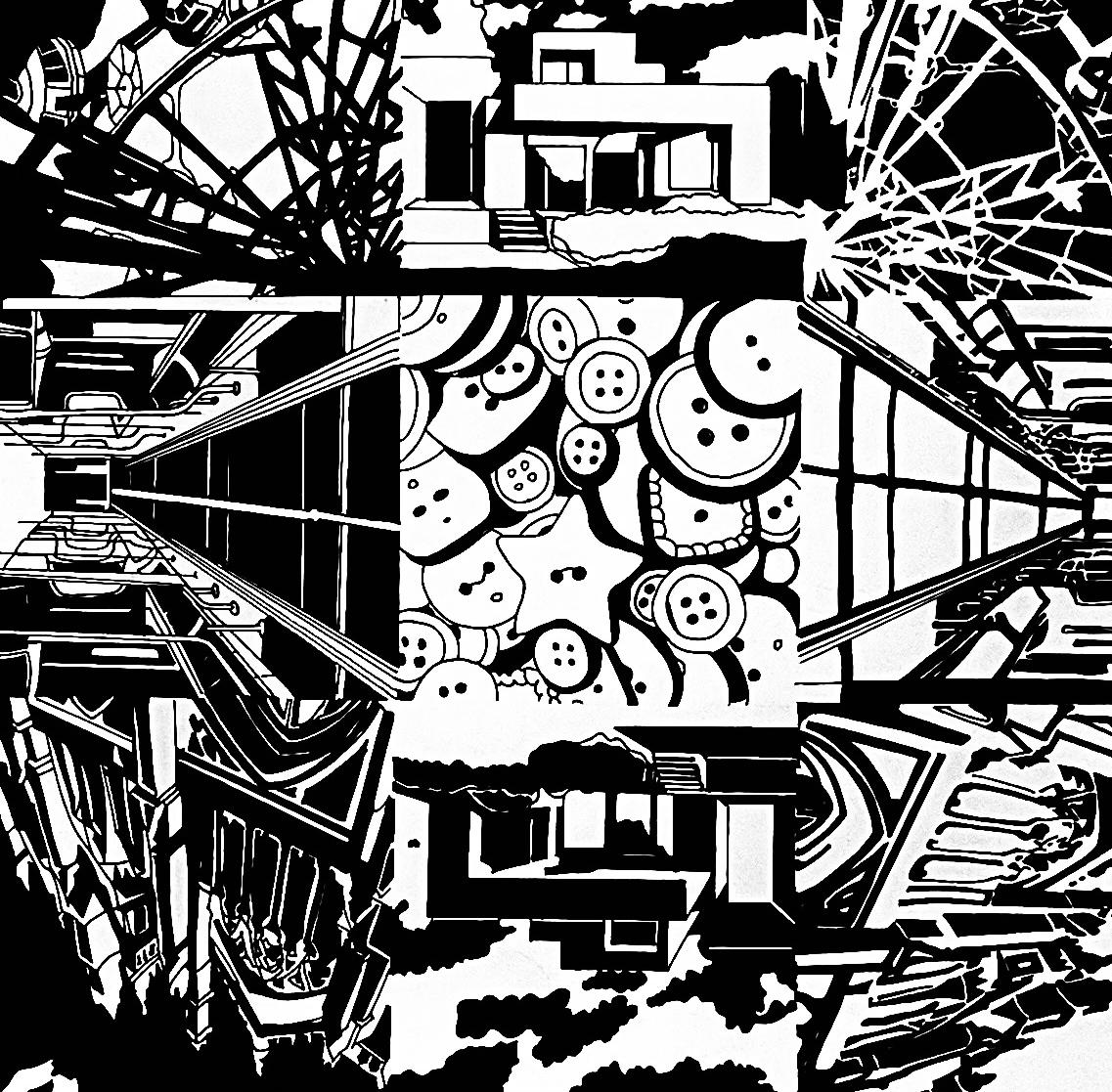


This project was the outcome of merging all of the single ordering images from the ordering systems and making a new piece out of it.
The single images that were used for the piece are listed at the bottom and some of the variations using the smaller squares are shown at the top.
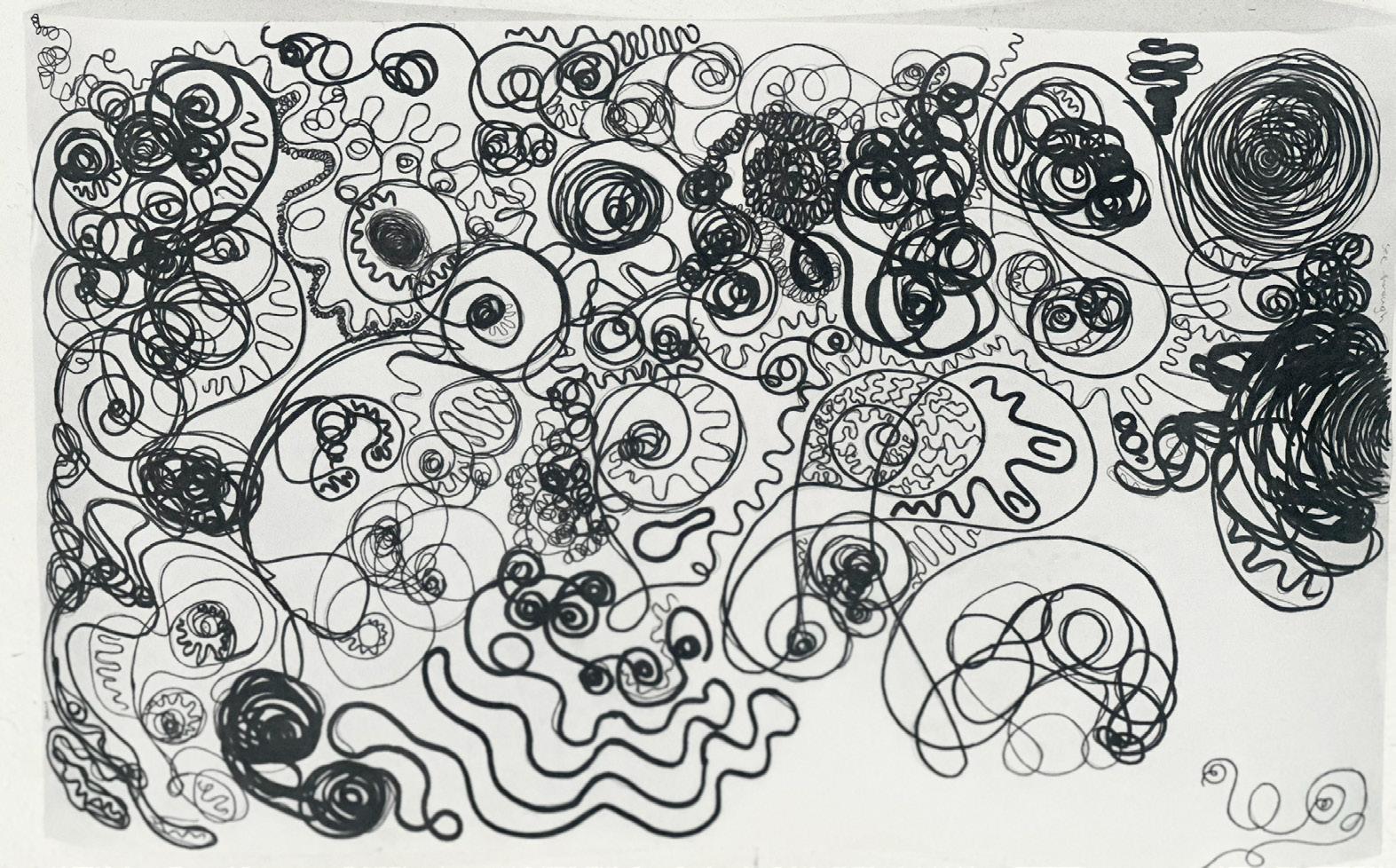

This project was the result of listening to three songs from different music genres and diagraming what we listened to. I chose rock, funk and jazz.
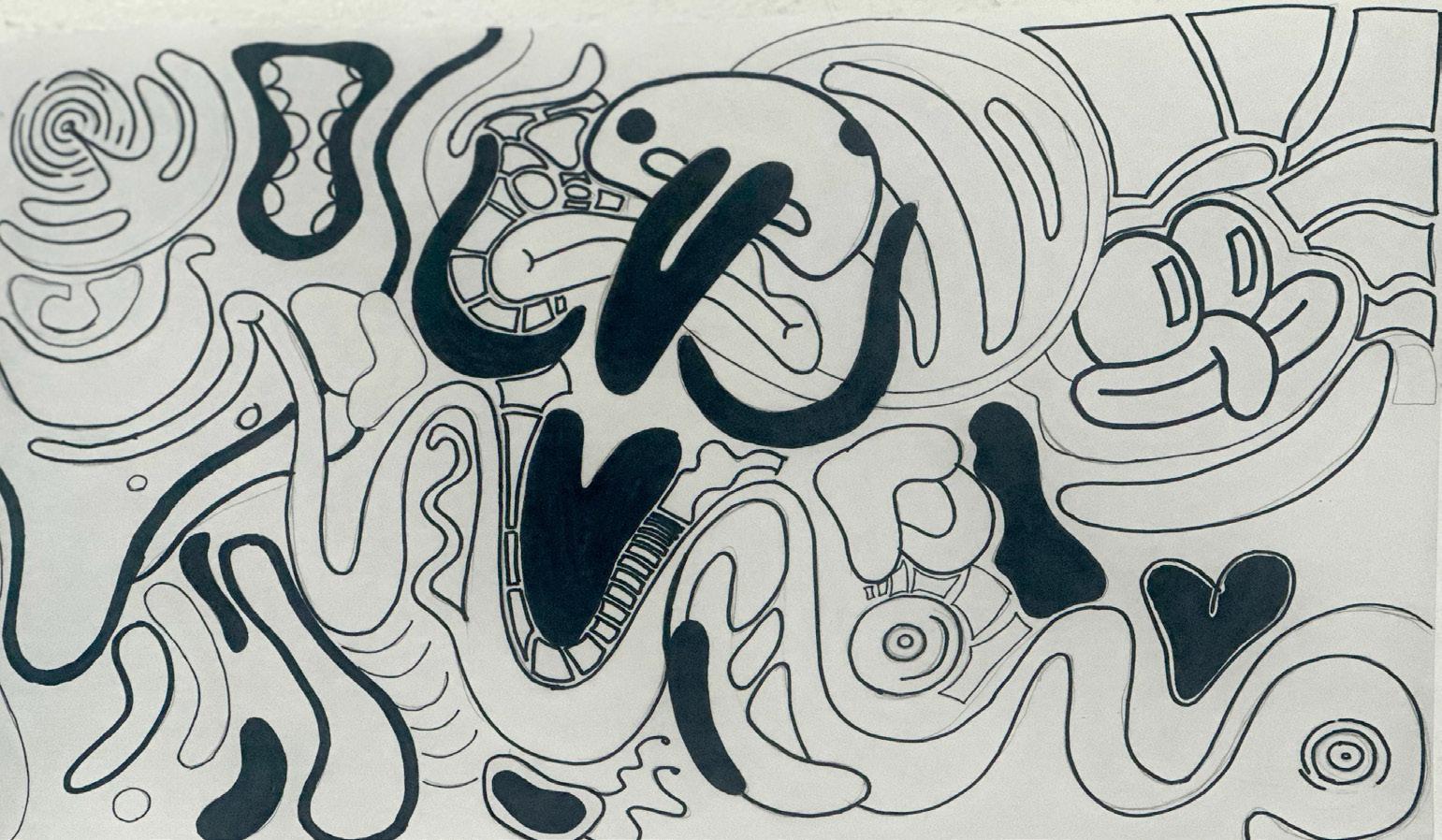
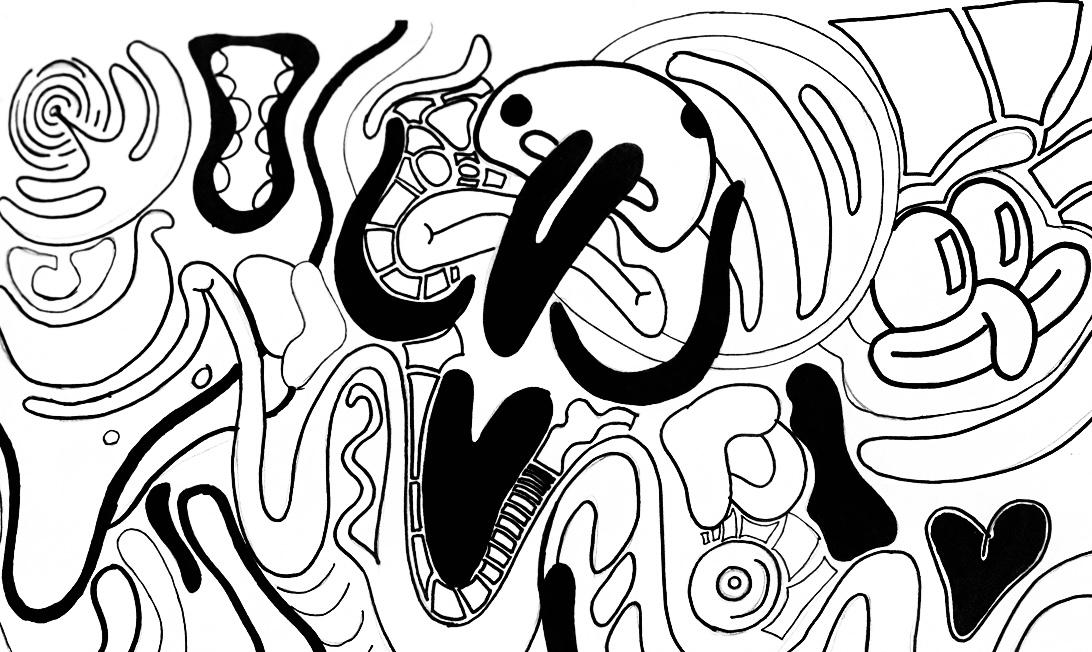
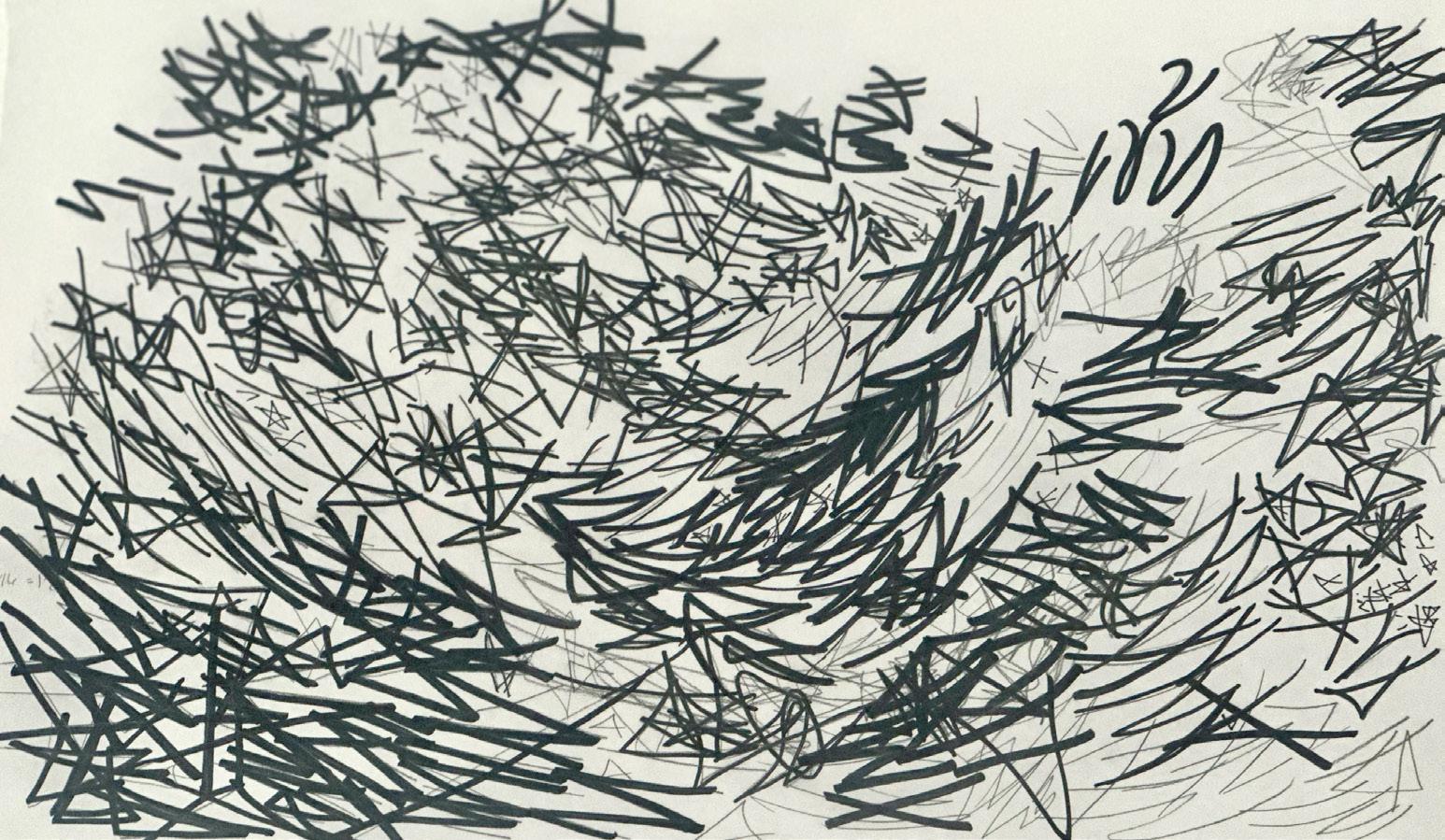
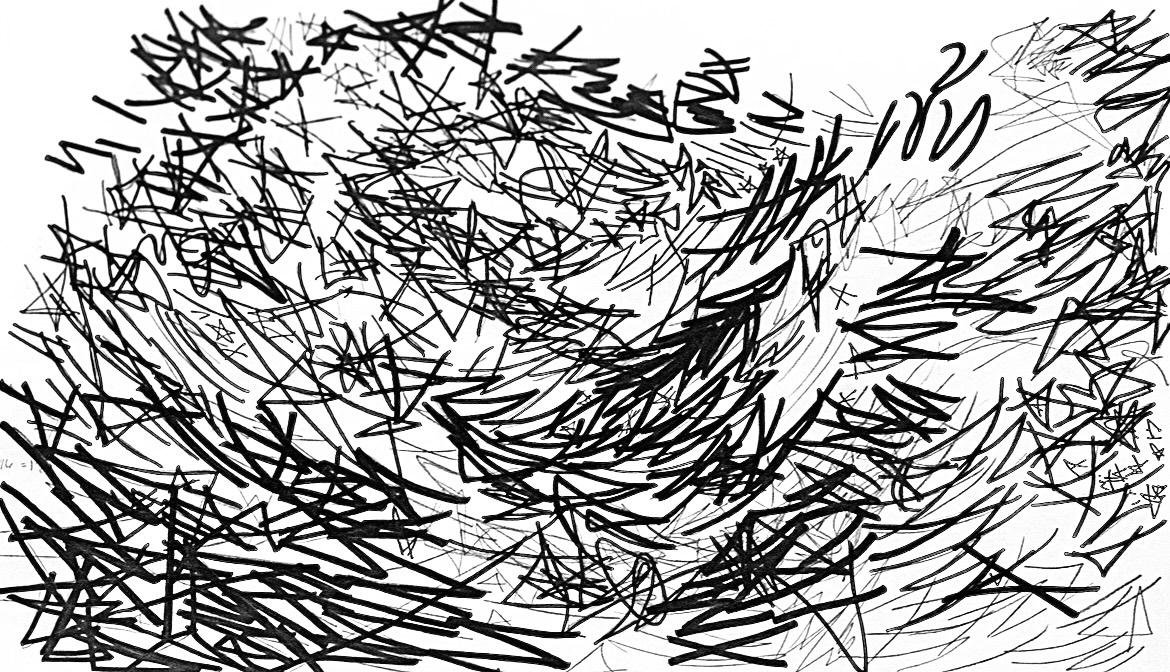
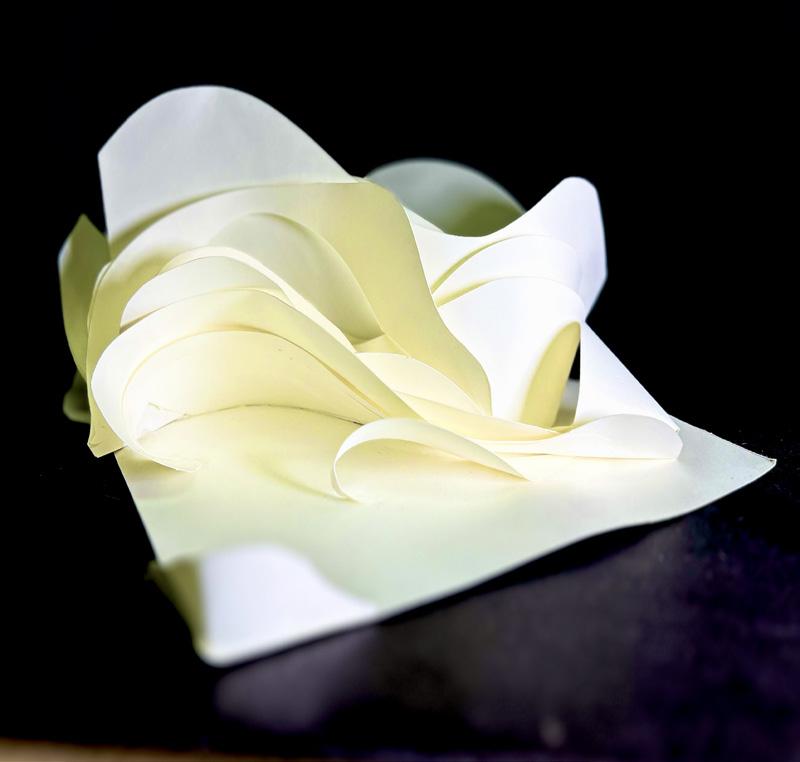
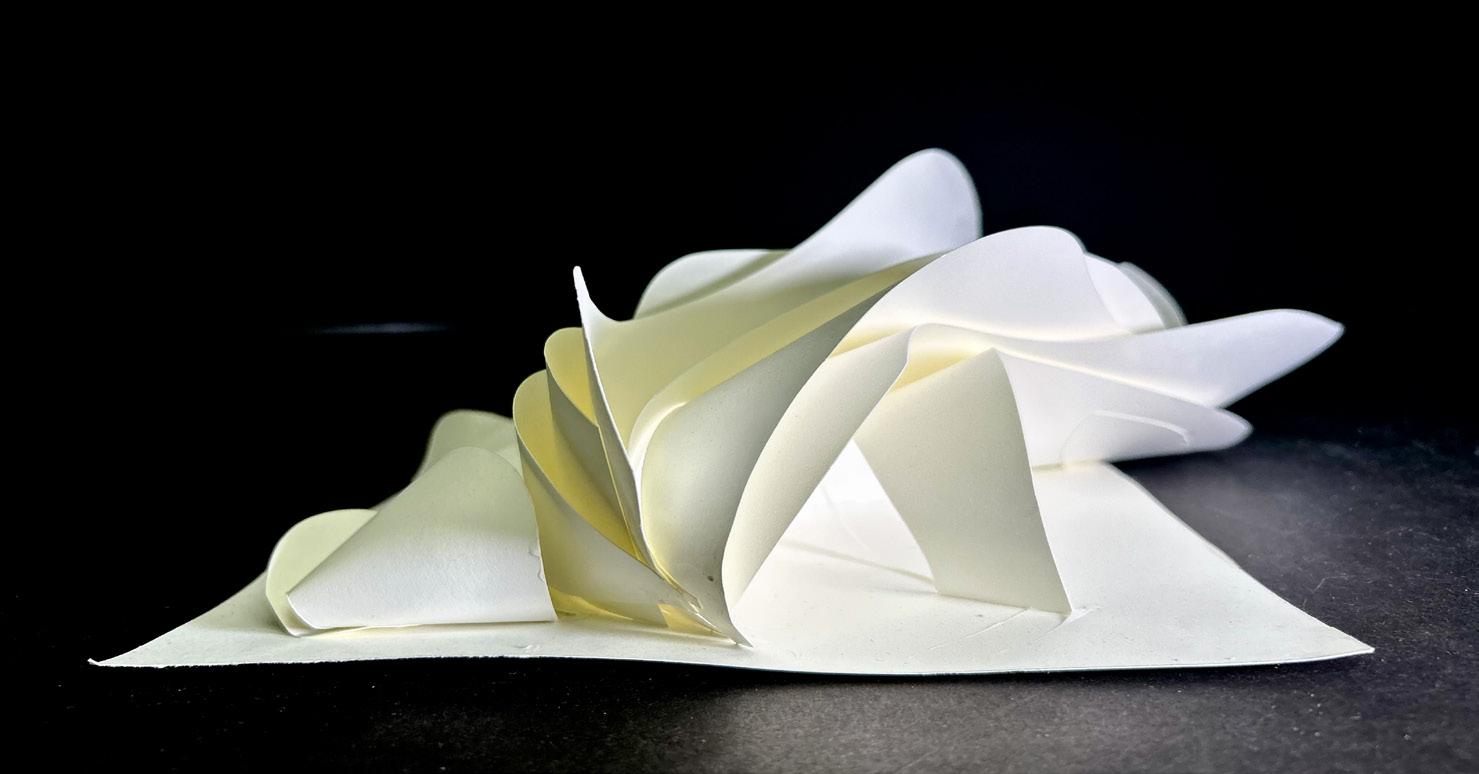
From the song diagrams, I picked the jazz diagram and created a model from it called sand waves. In my own time I created a model for rock as well hence the odd ball drawing at the bottom left.
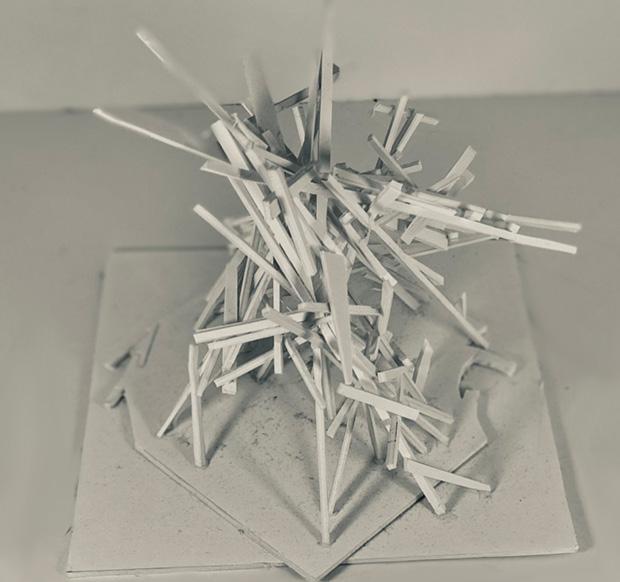
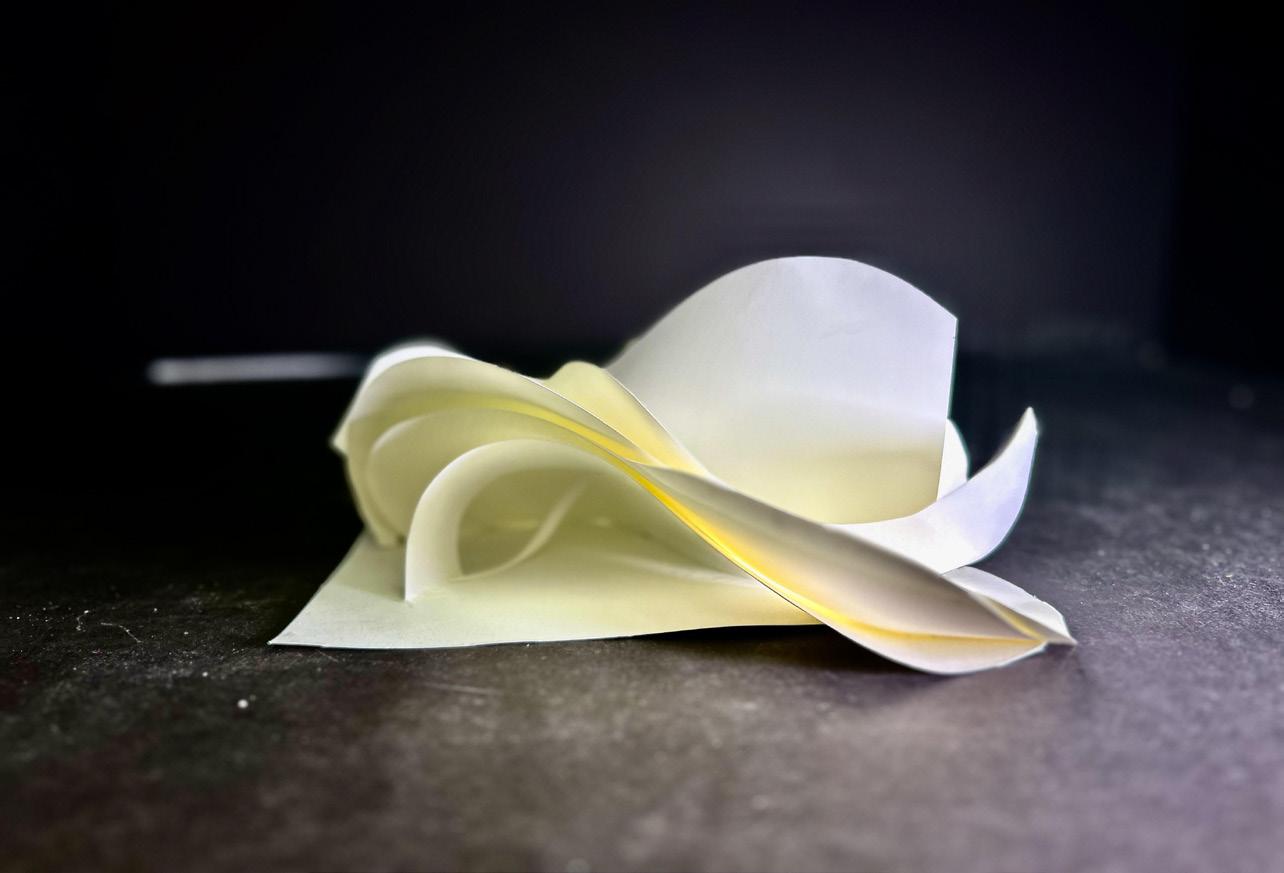
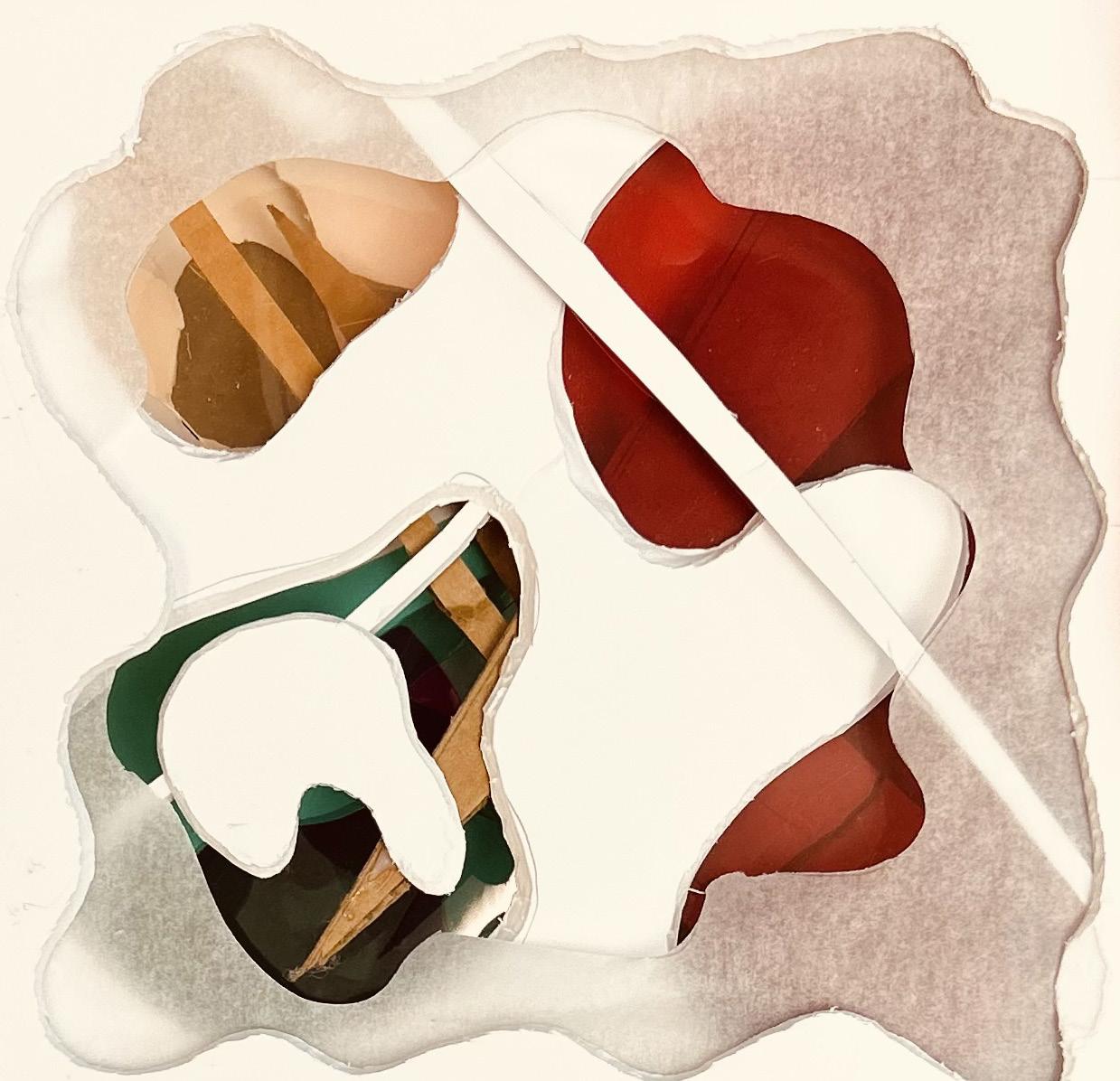
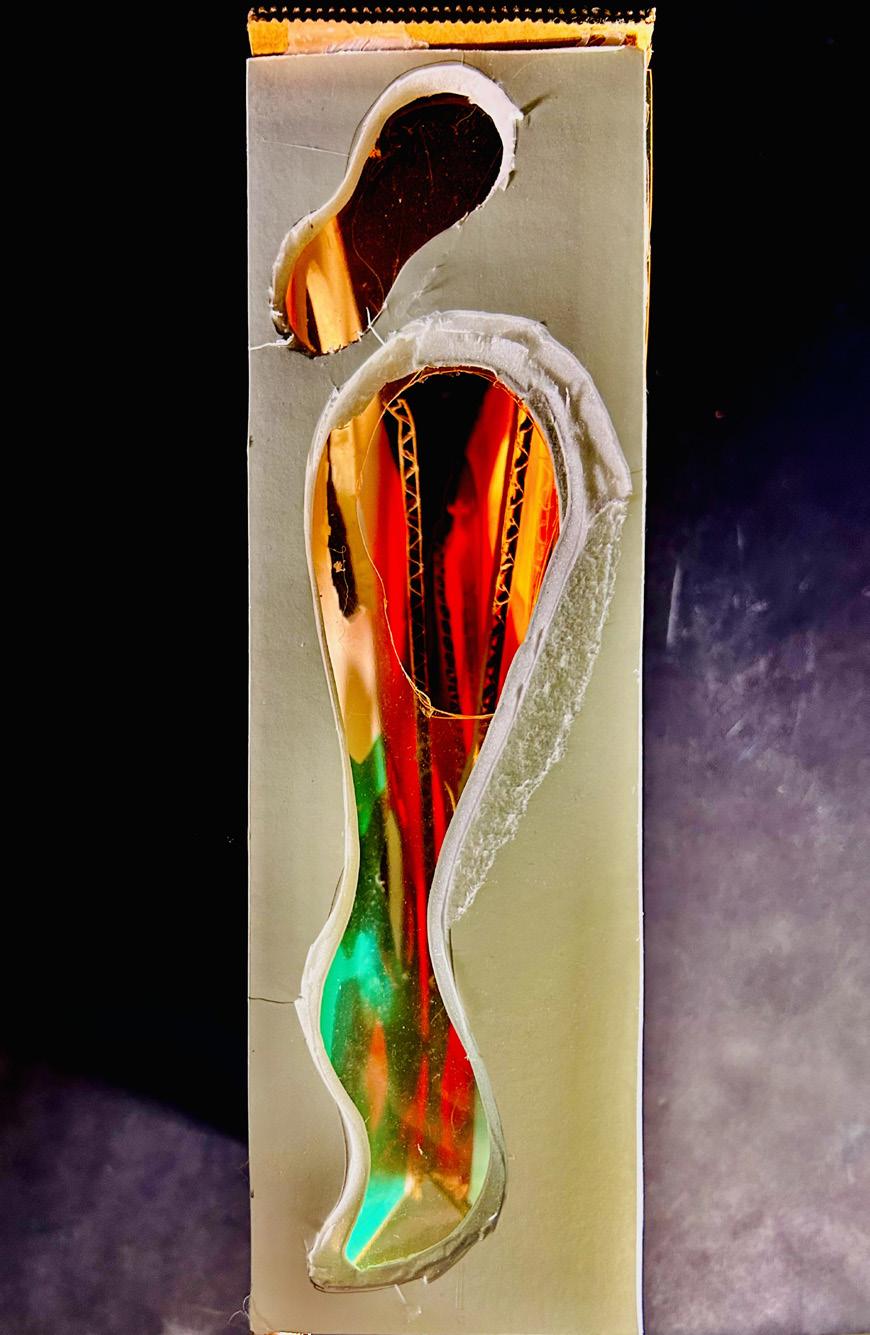
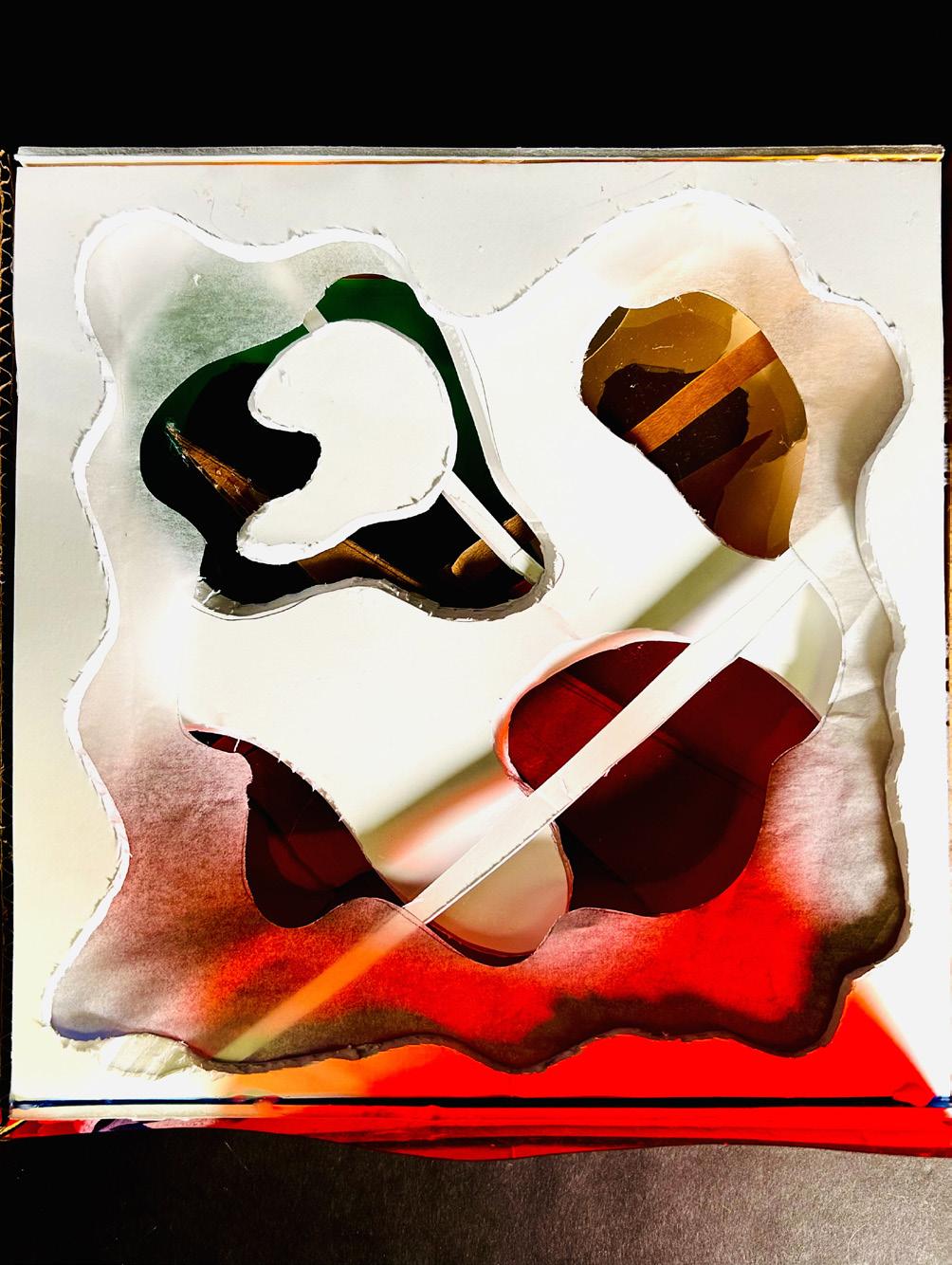
This project relates to Excersize B where we had to create a model relating to the past models that were derived from the song diagrams. In this case we had to incorporate light.
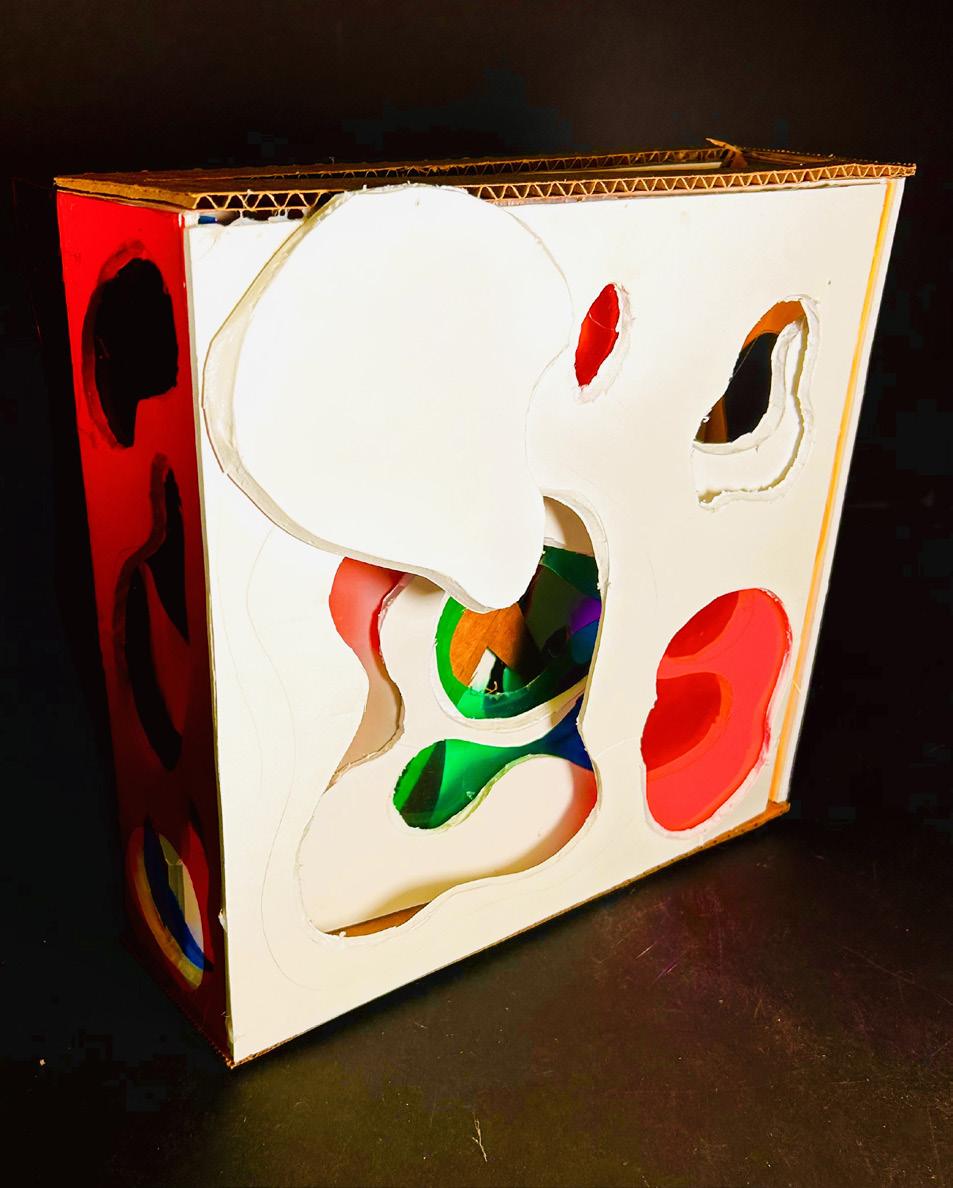
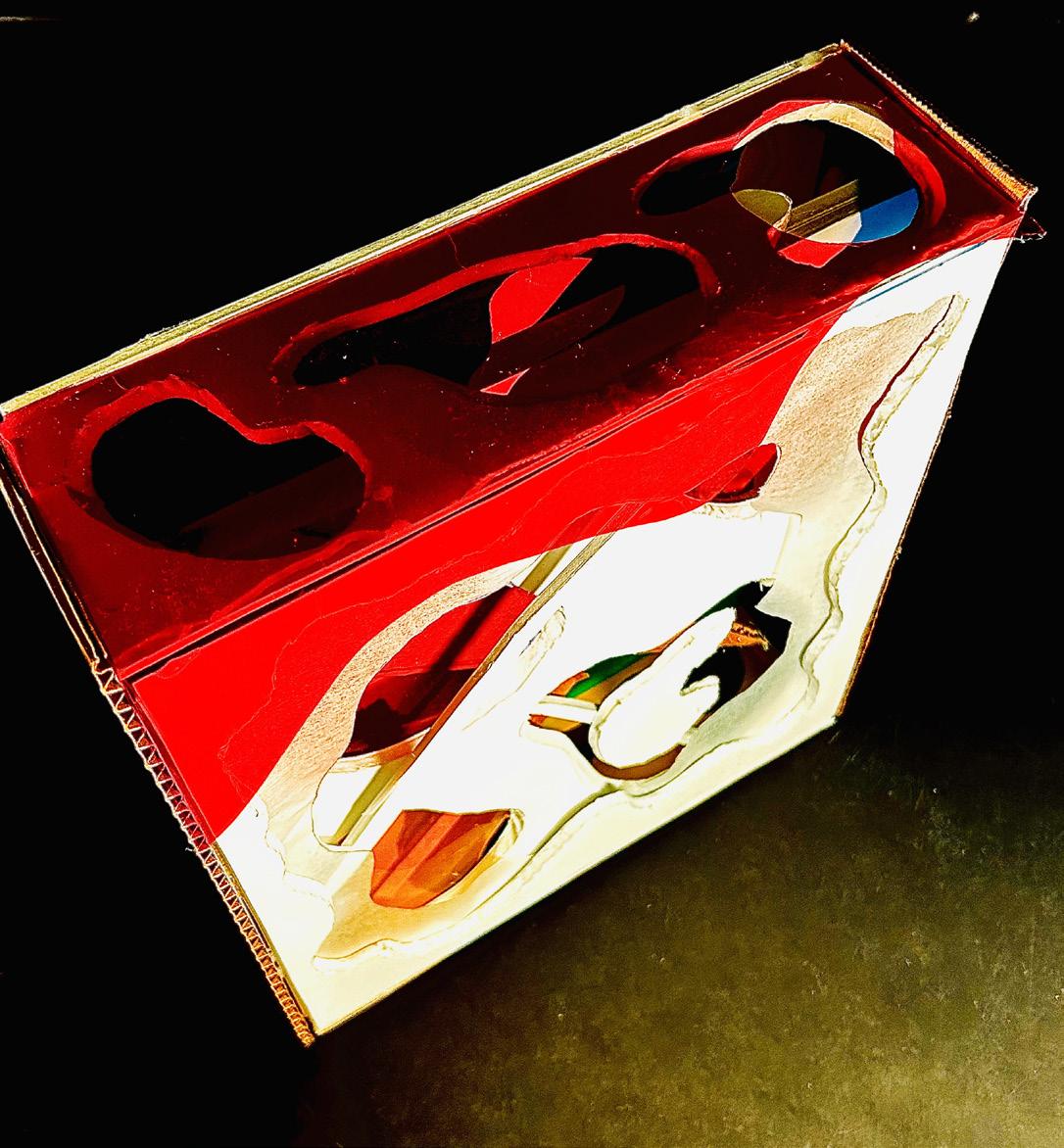
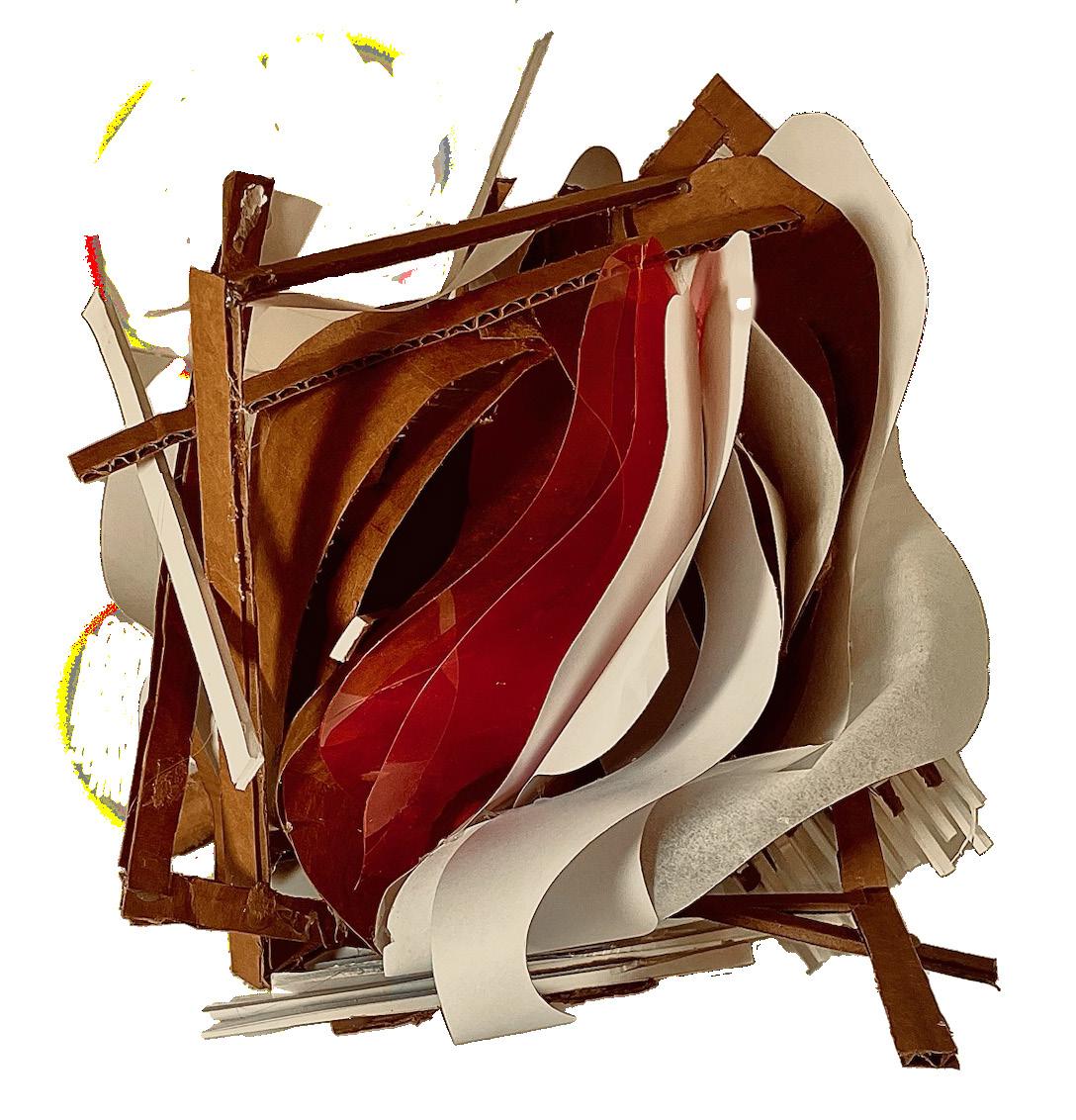
For this study model I created an 8x8x8 and I used several medias to complete it. The goal was to create a piece that would reflects everything the freshmen cap 101 students have learned.
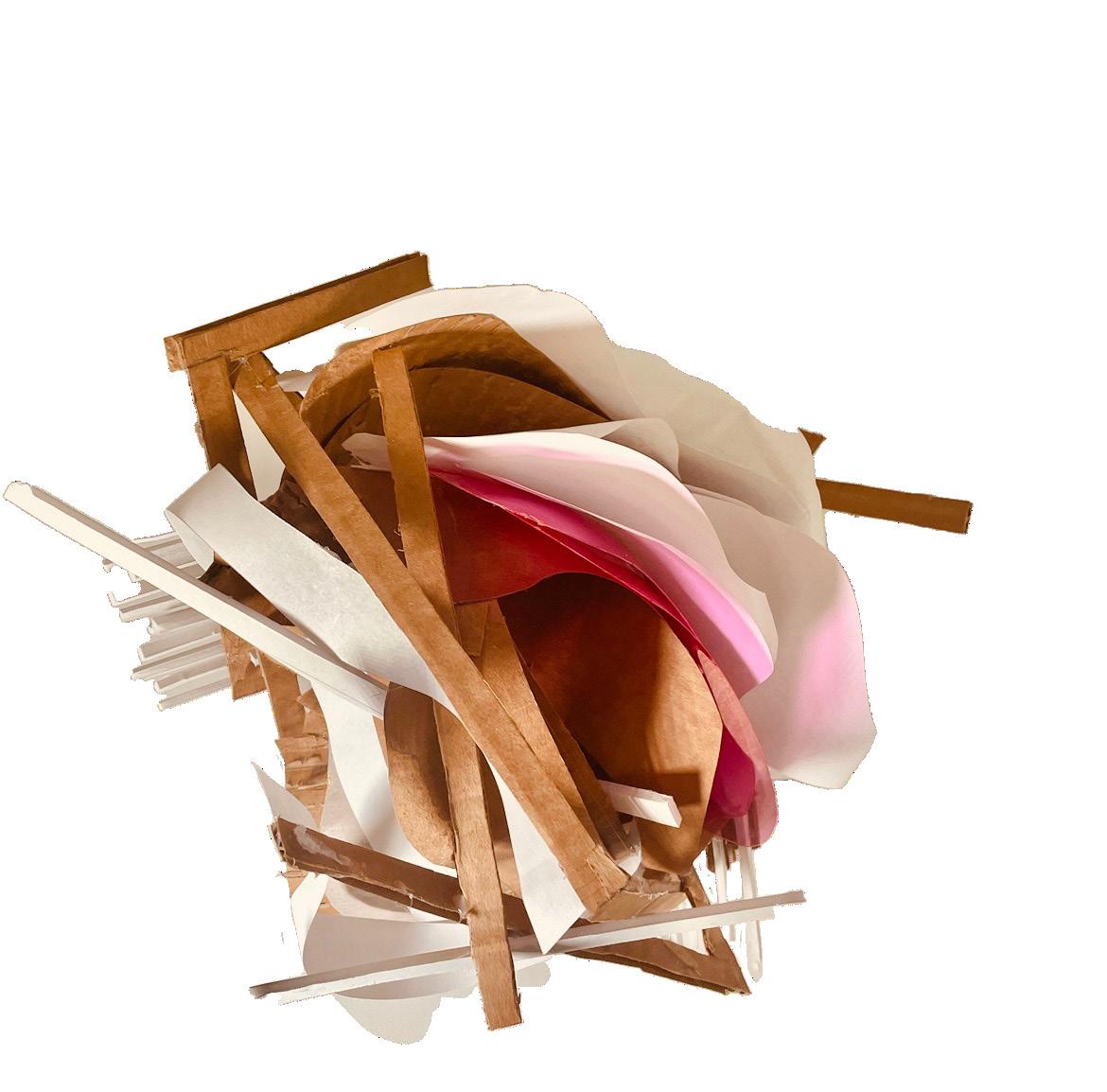
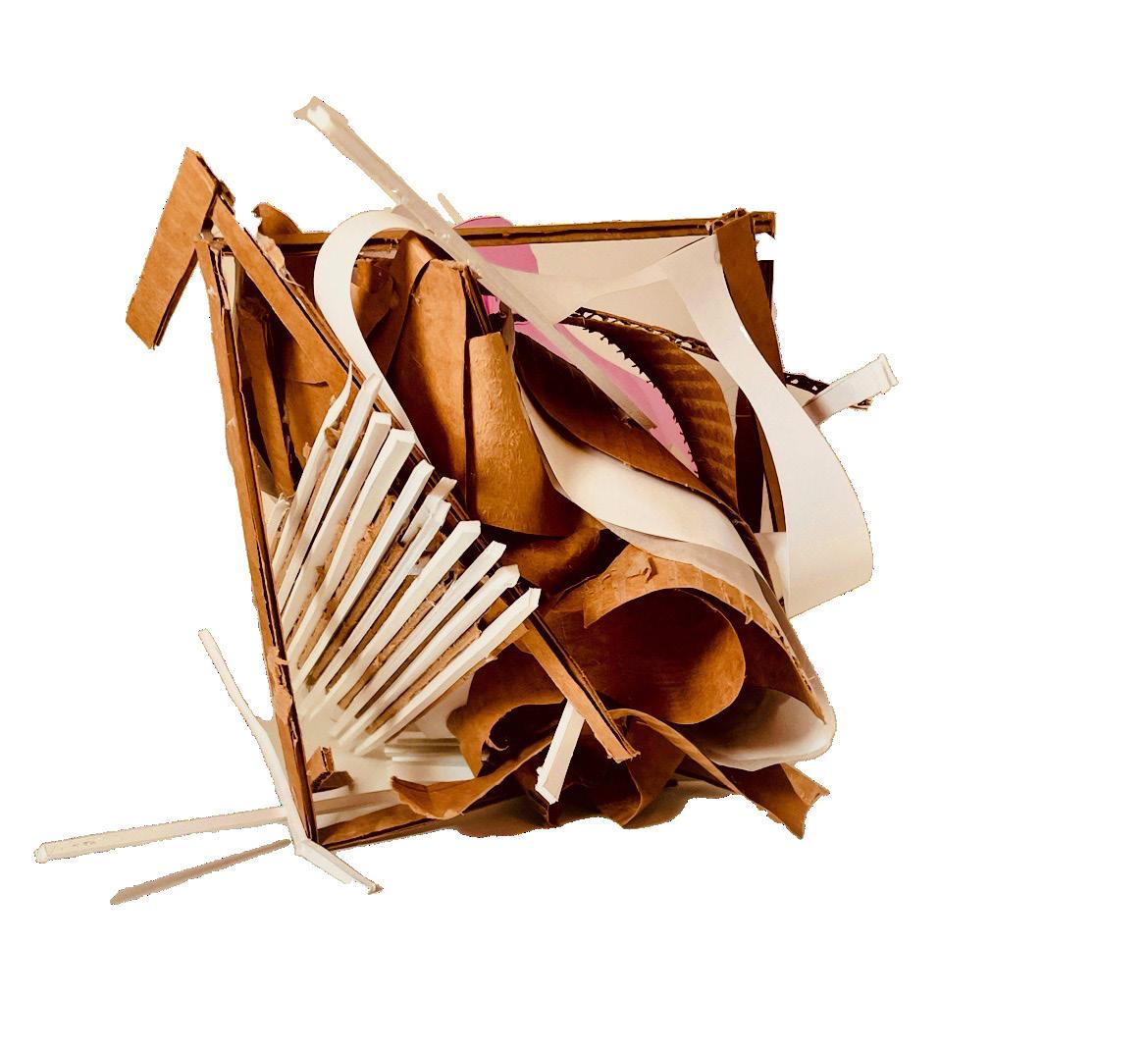
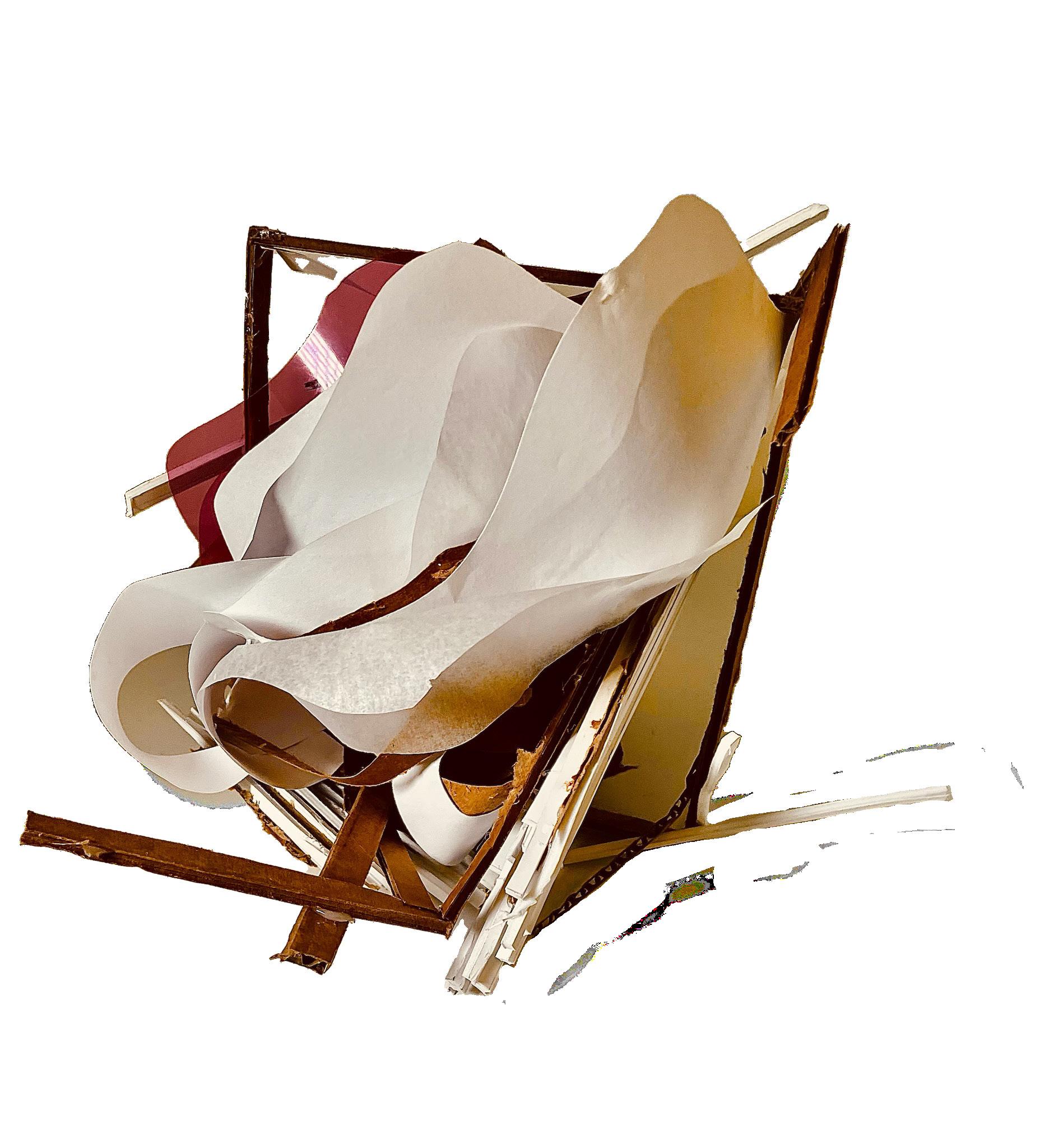
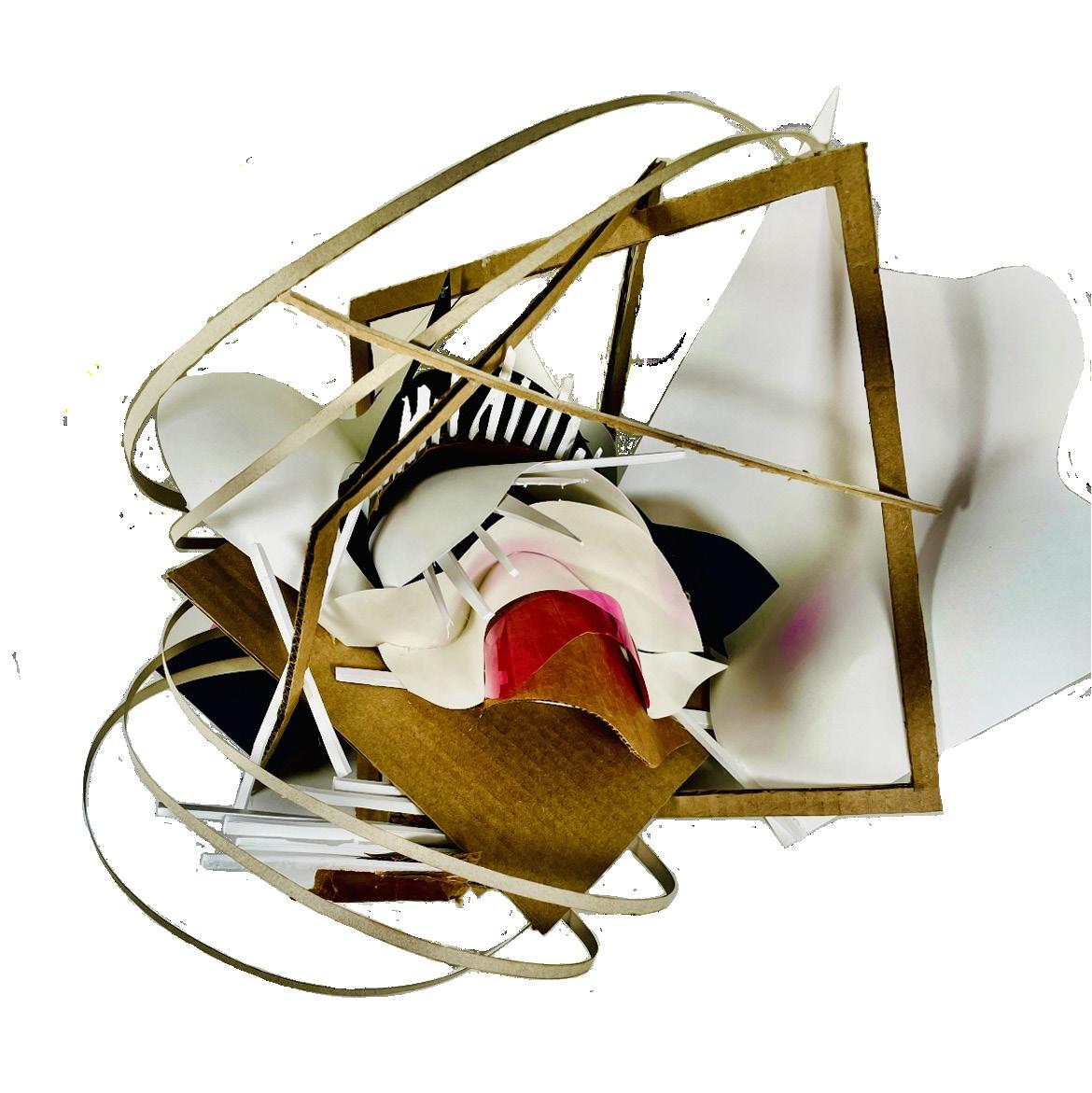

For this final 12x12x12 model I had to translate my exercise C light panel with additional depth, light consideration, and volume. This was based of projects that have occured over the semester.
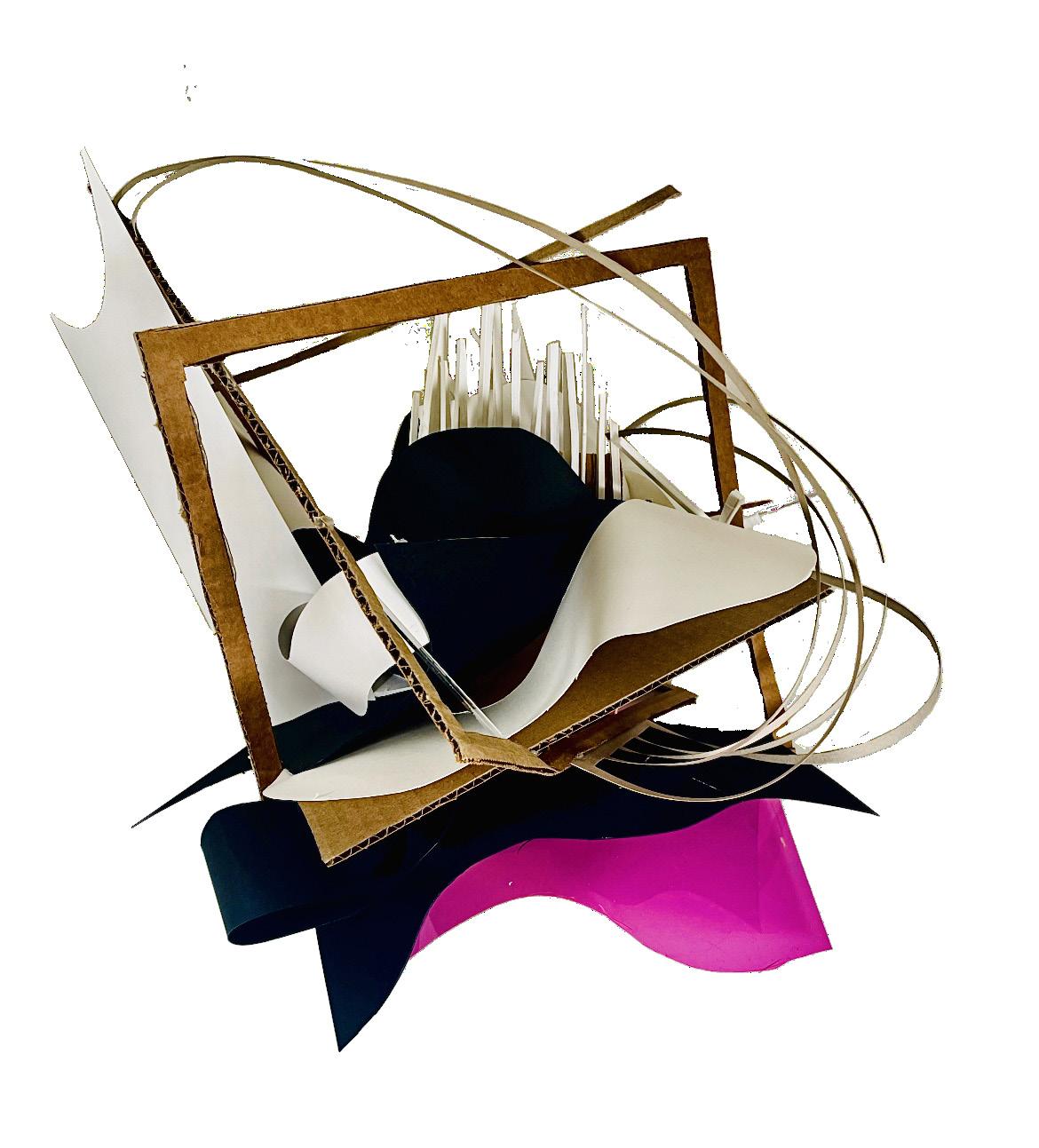

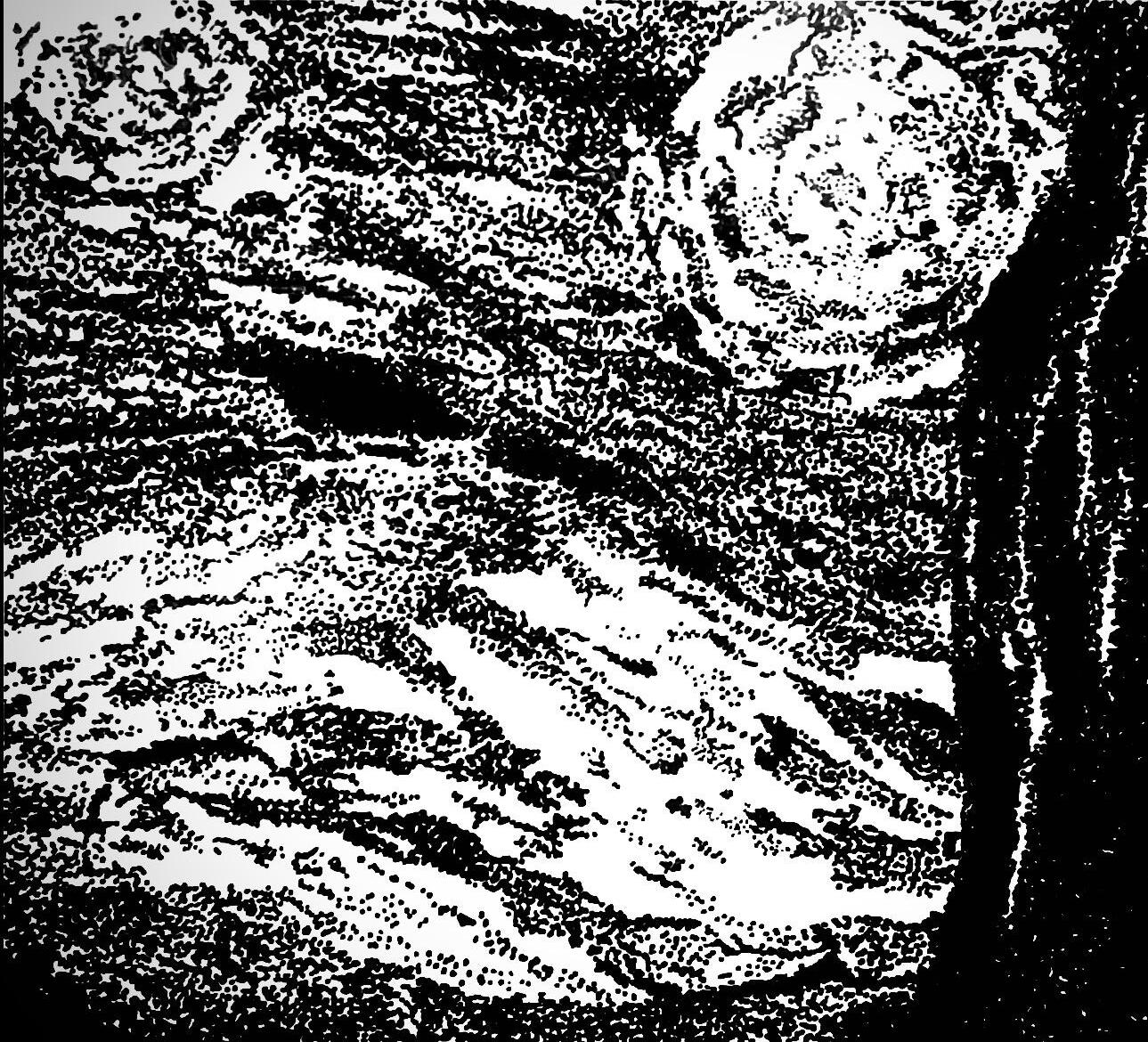
In this drawing, the class of 161 was working on tone and texture. We were learning about the different ways to use a pencil for shading. In this case we had to recreate a piece of the “Starry Night” using one of the shading tools. The tools I used were cross-hatching and stippling.
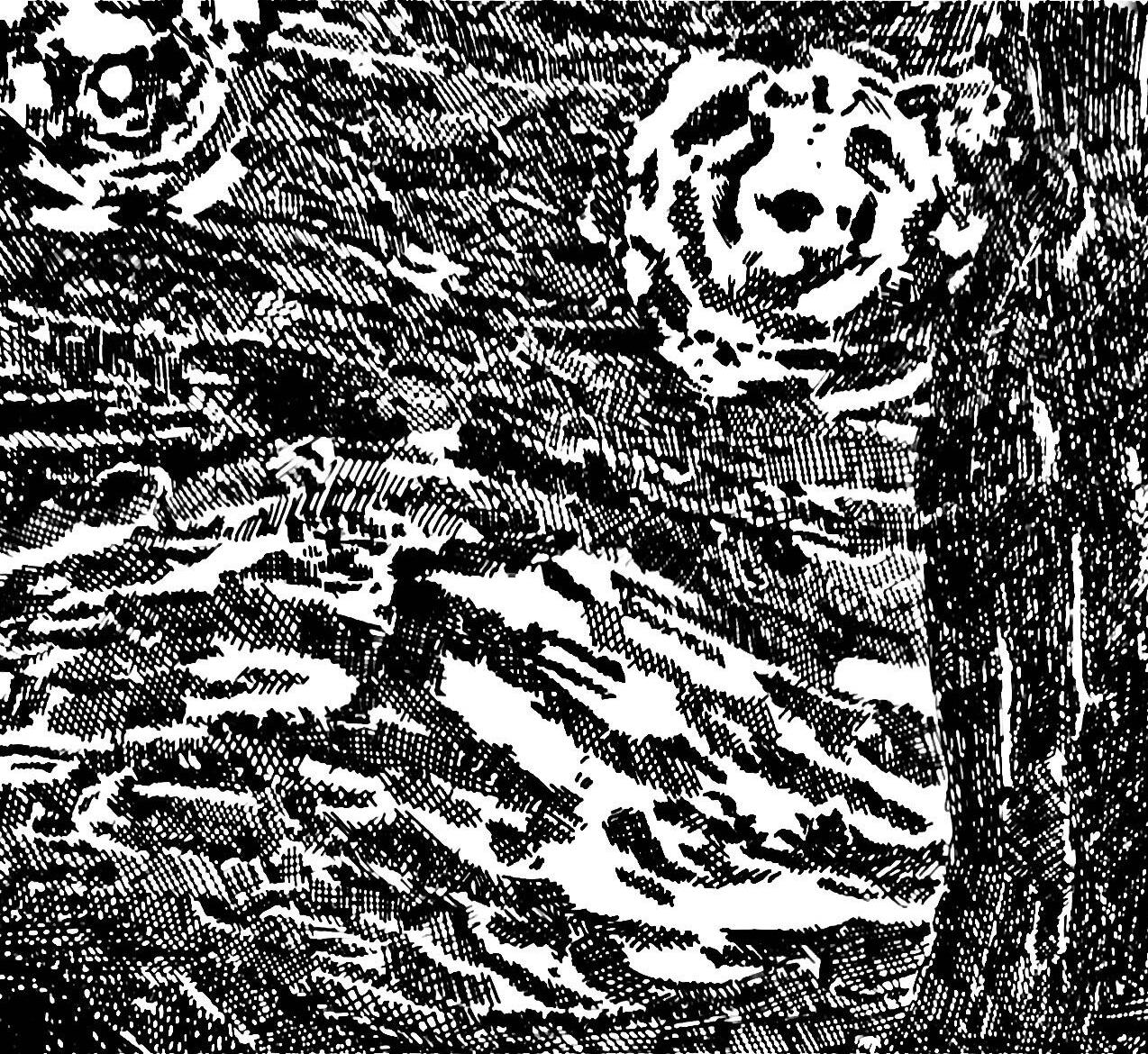
Workshop 2: Tone and Texture
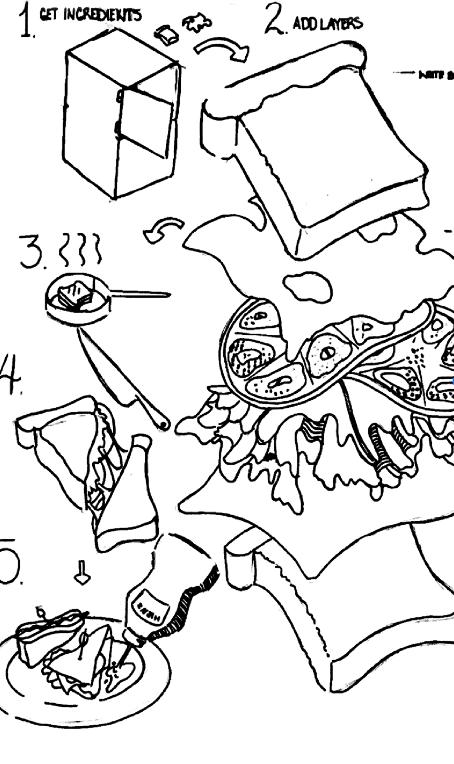
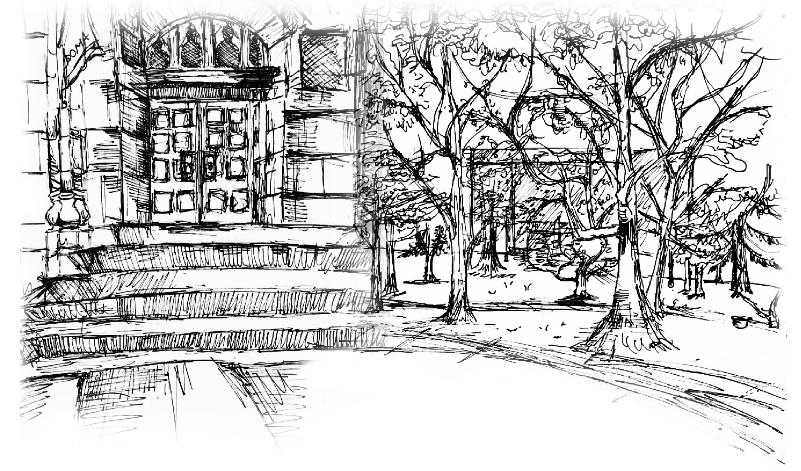
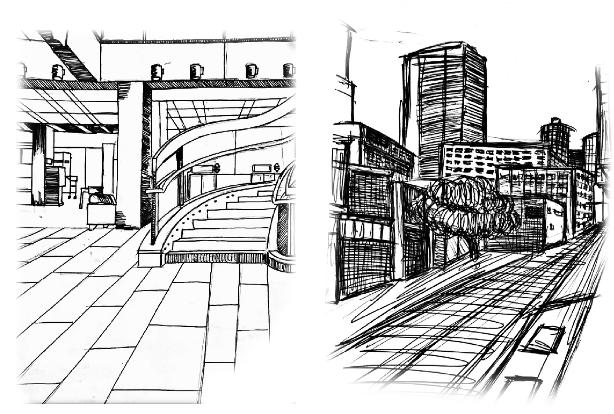
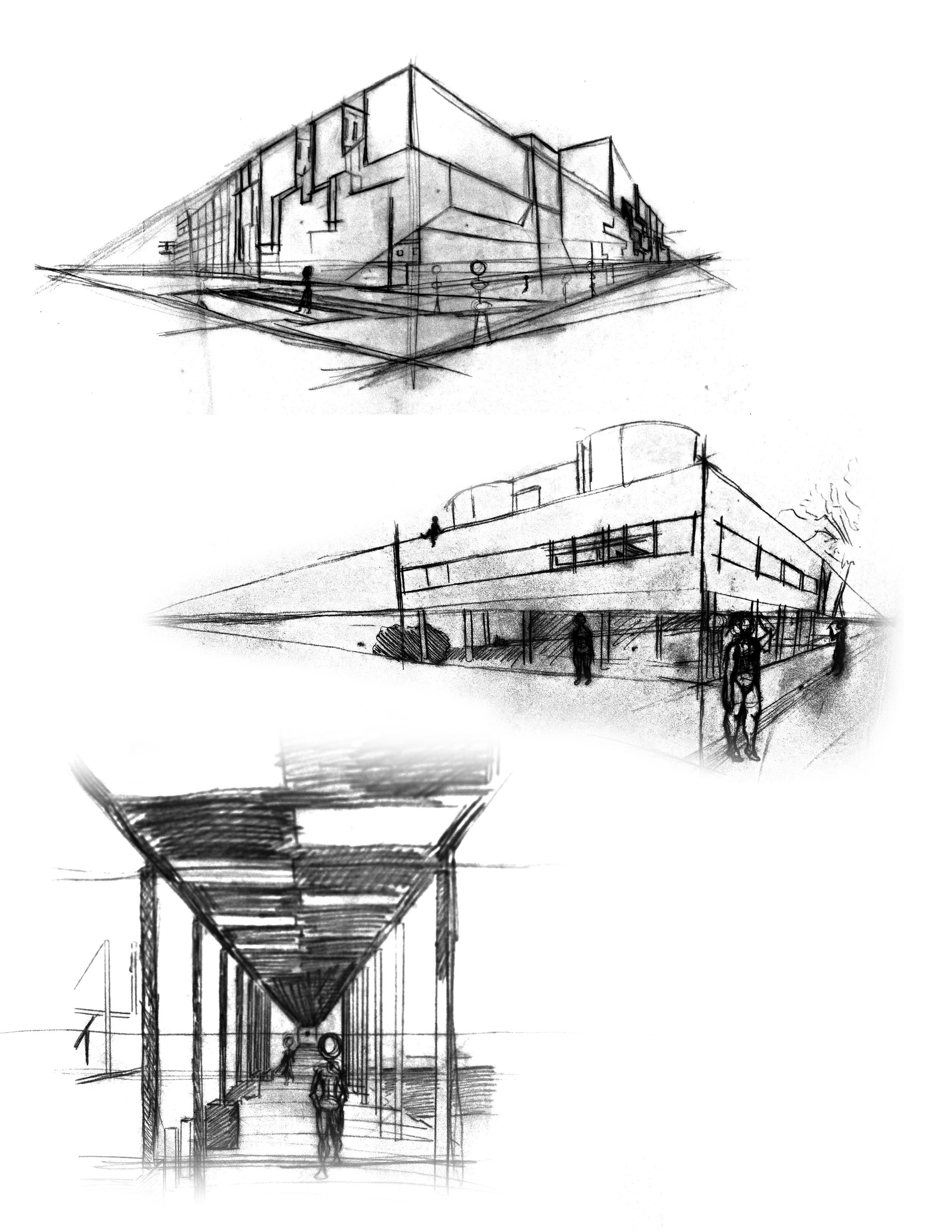
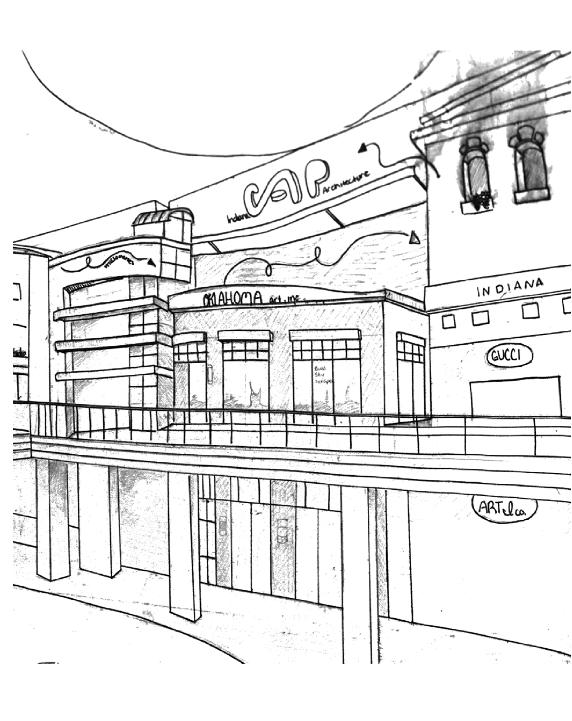
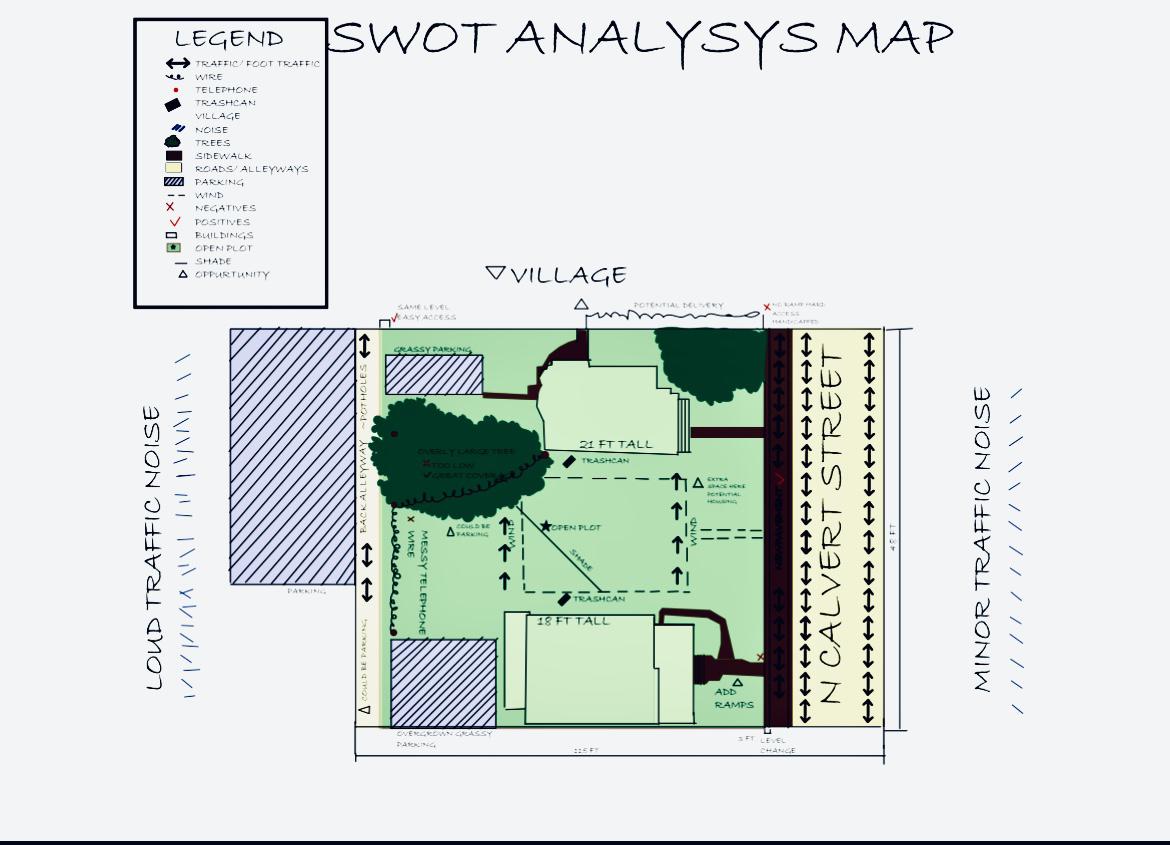
For this project my section had a site picked out for us and with this site we were to induvidually pick a spot and had to create a site analysis based on where we picked. This project was aiming to teach us how to understand the concept of site anaylis and how it is needed.
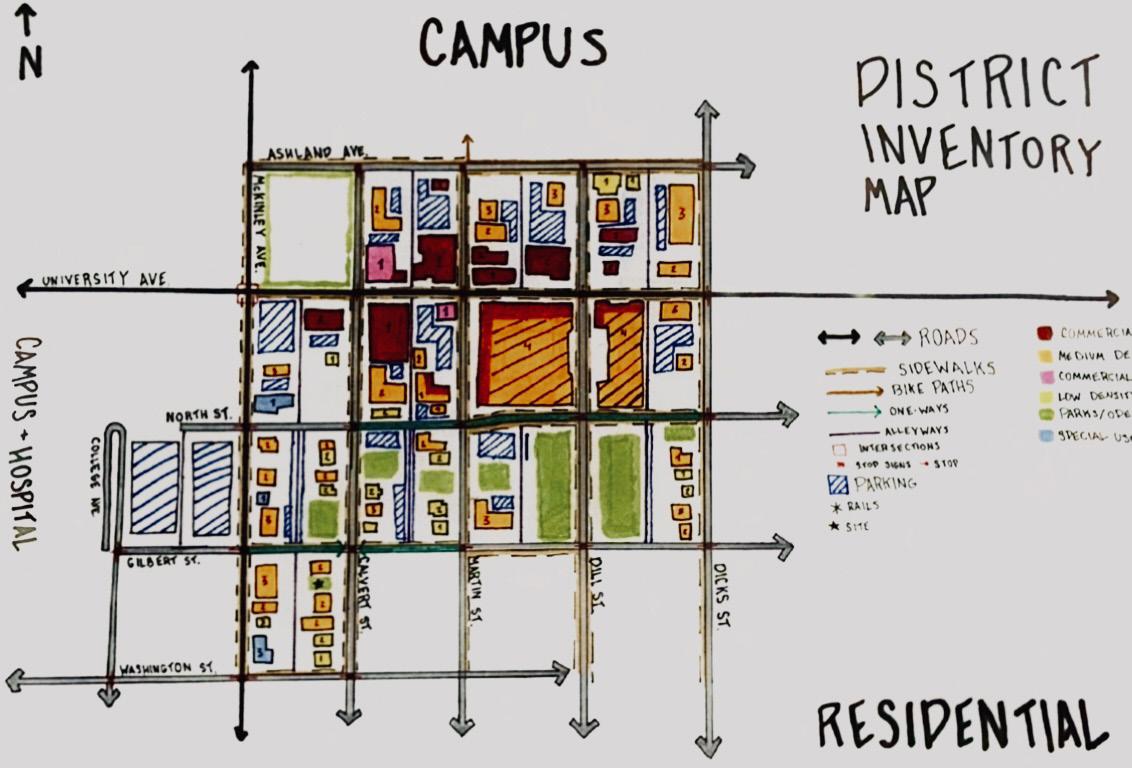
This project is related to the induviual site analysis. In our groups we had to learn how to work together and do an invetory map. I had to learn how to mark streets and color code the different areas.
Project 02: Excersize B
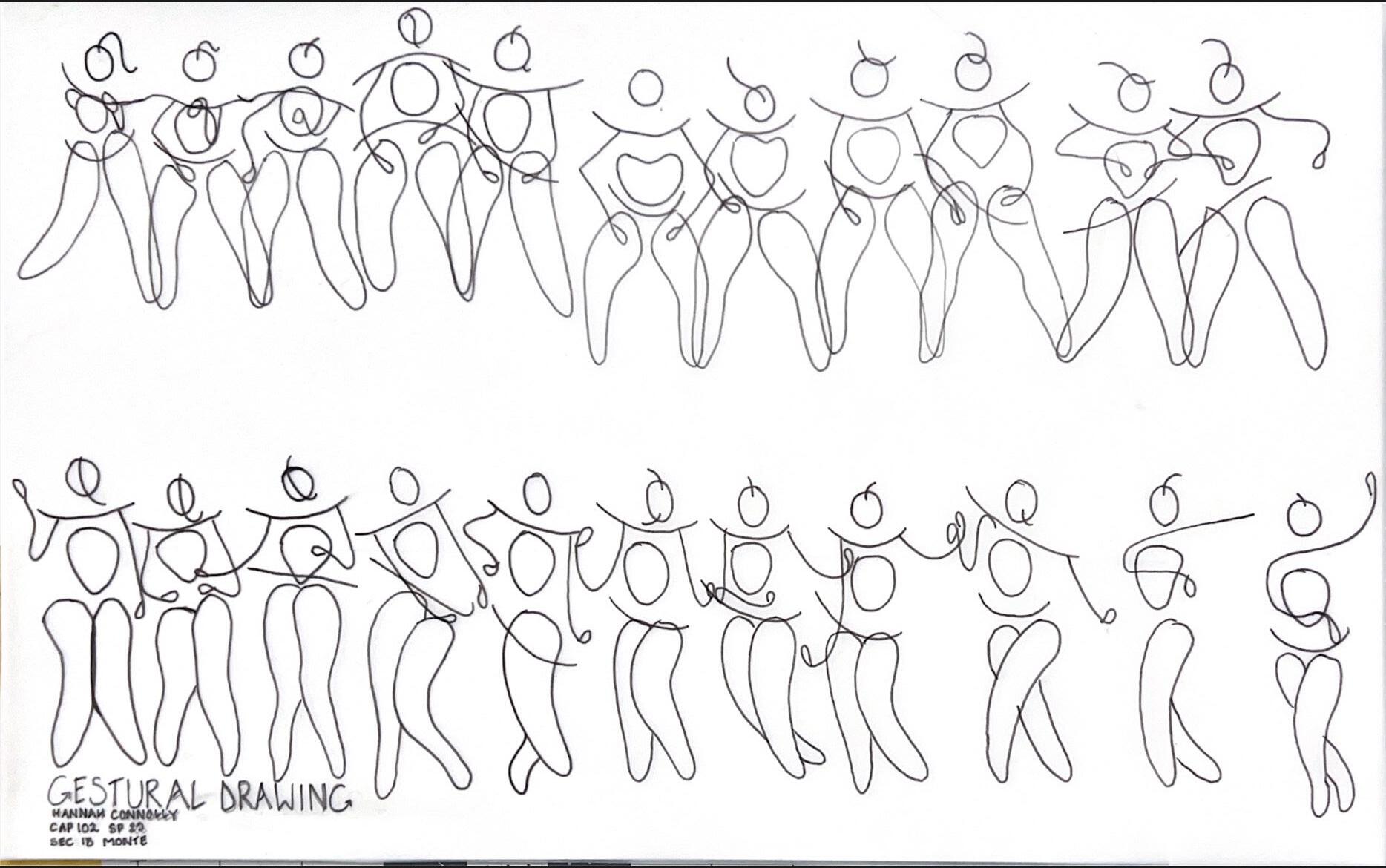
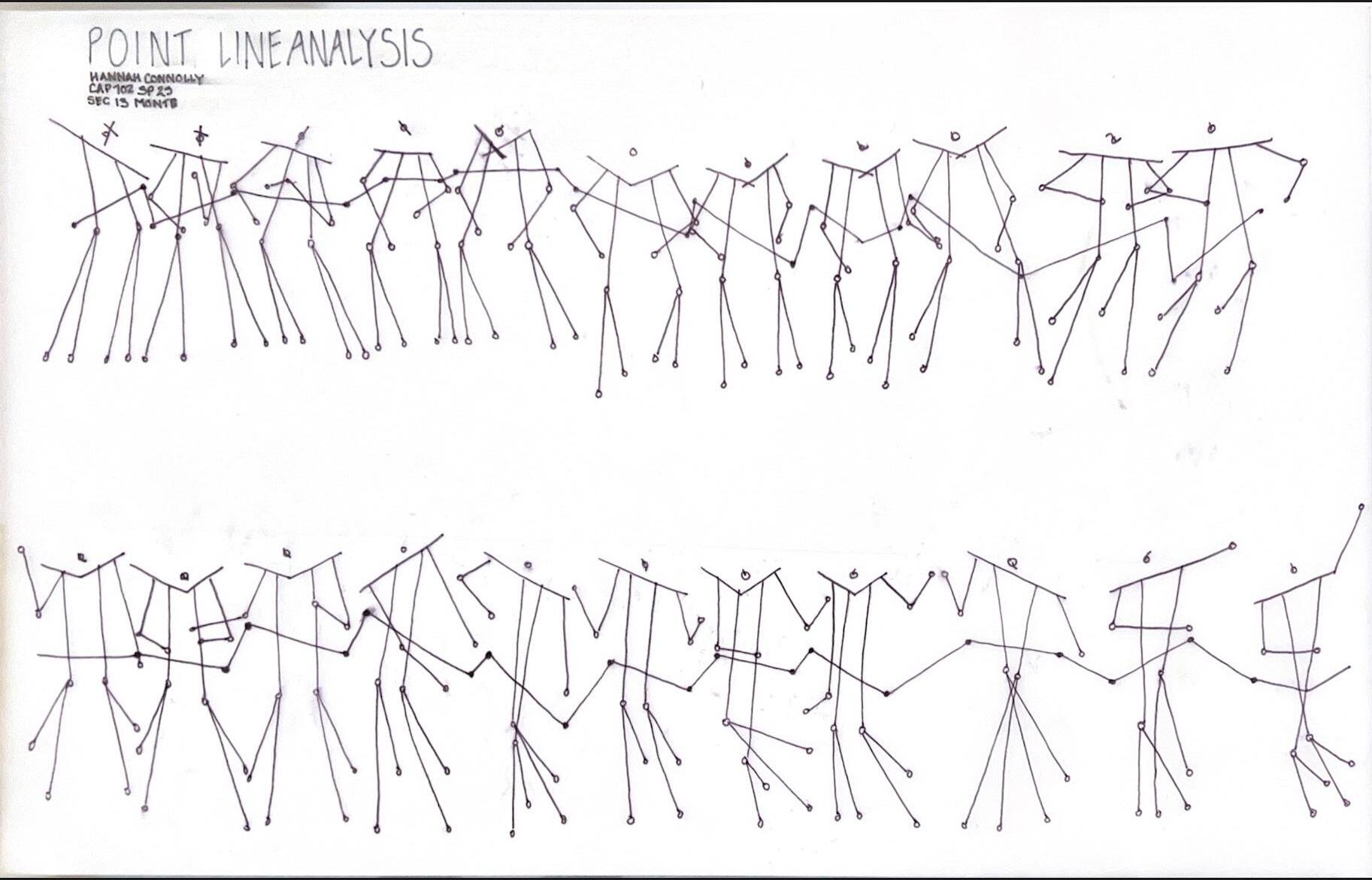
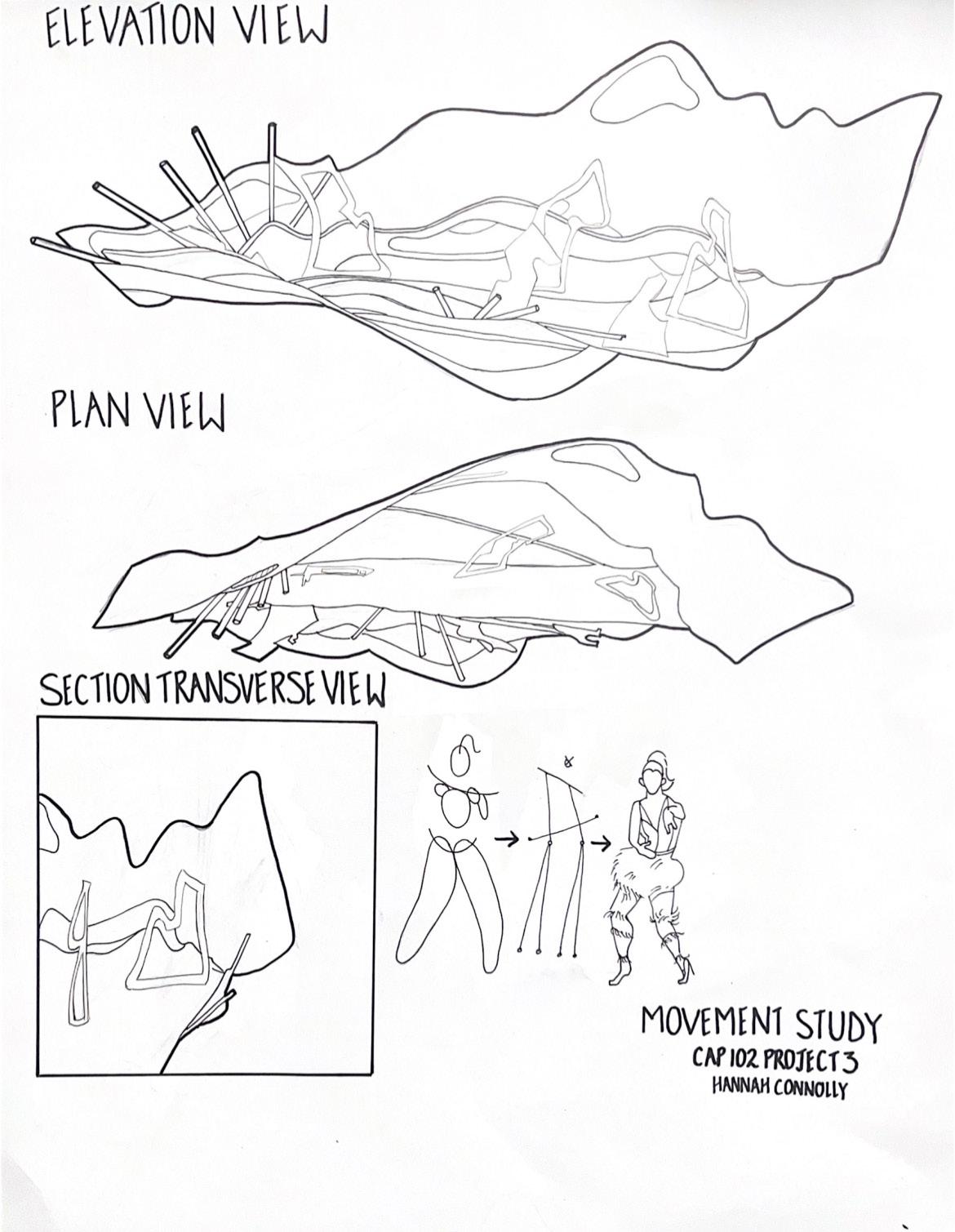
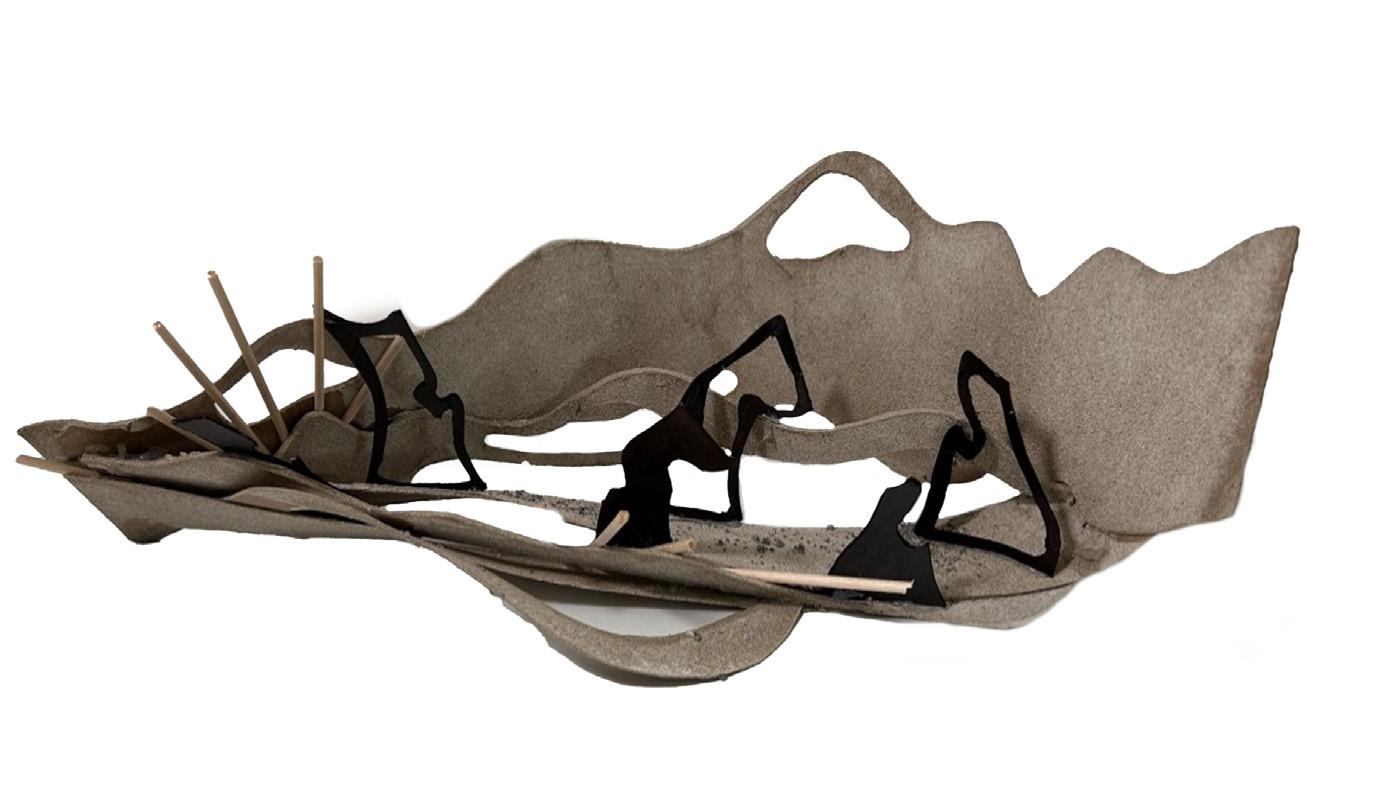
For this project we had to use a video of someone moving and create several drawings of the movement. This is shown in the previous slide. When finished we had to use it to create a model and make drawings of the movement study.
Project 03: Excersize
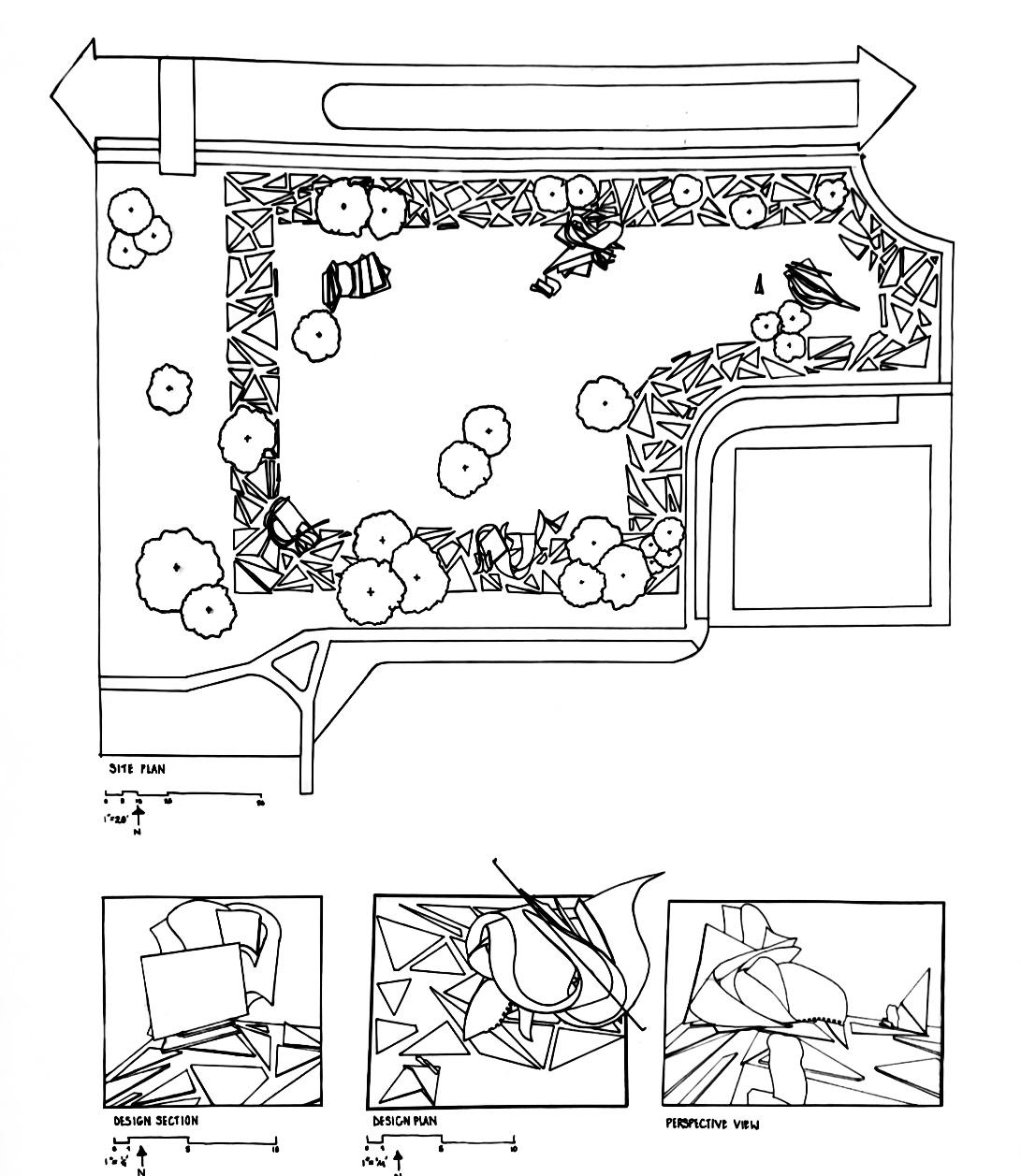
For this final project I used my theme “The Great Depression”. With this topic I picked the memorial next to North Dining and used that for my memorial site. Then I had to create a site model with a large version of the miniture models and make one at large porportion. Finally, I created drawings.
Project 04: Excersize B
Fall 2025
Section 12
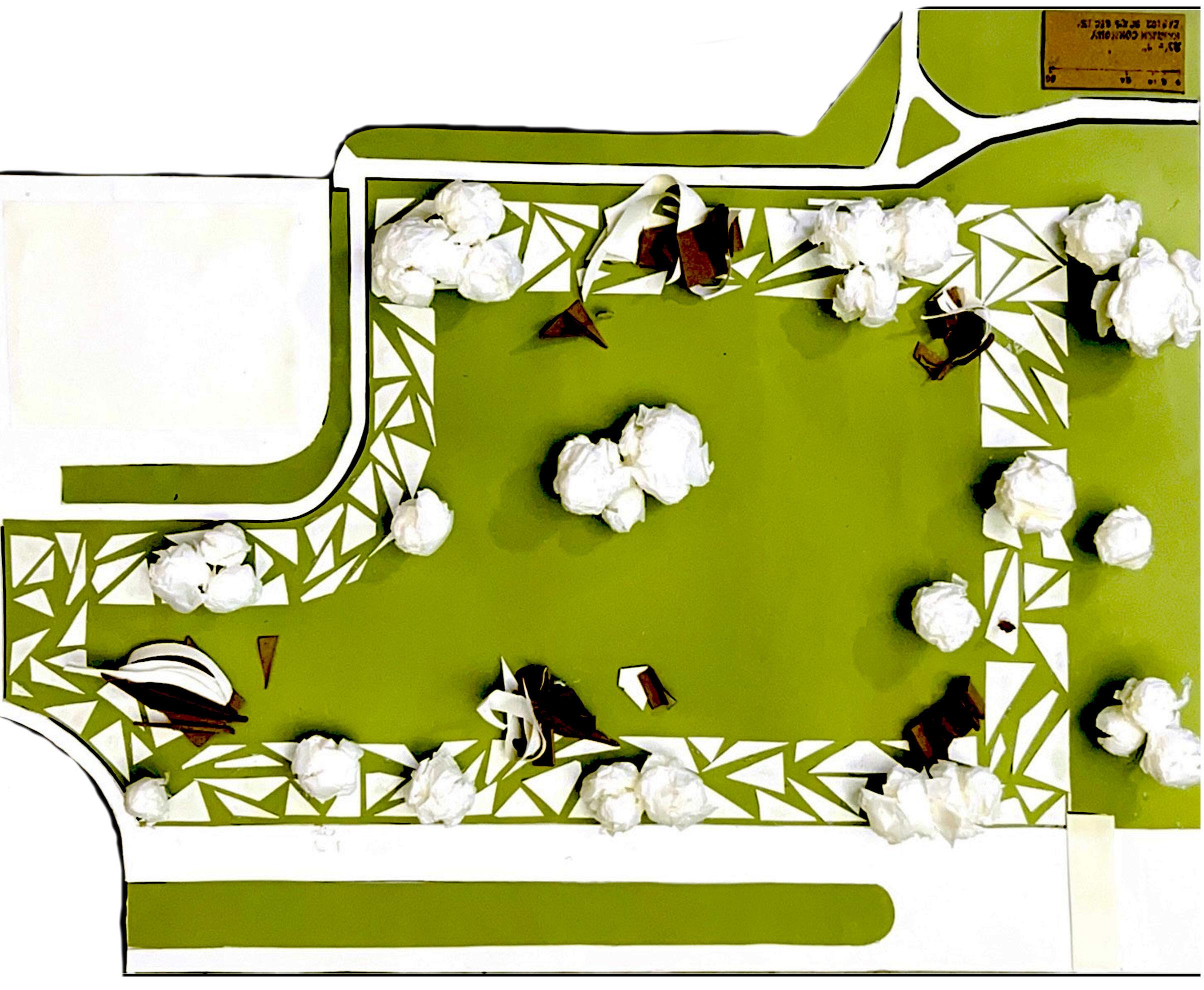
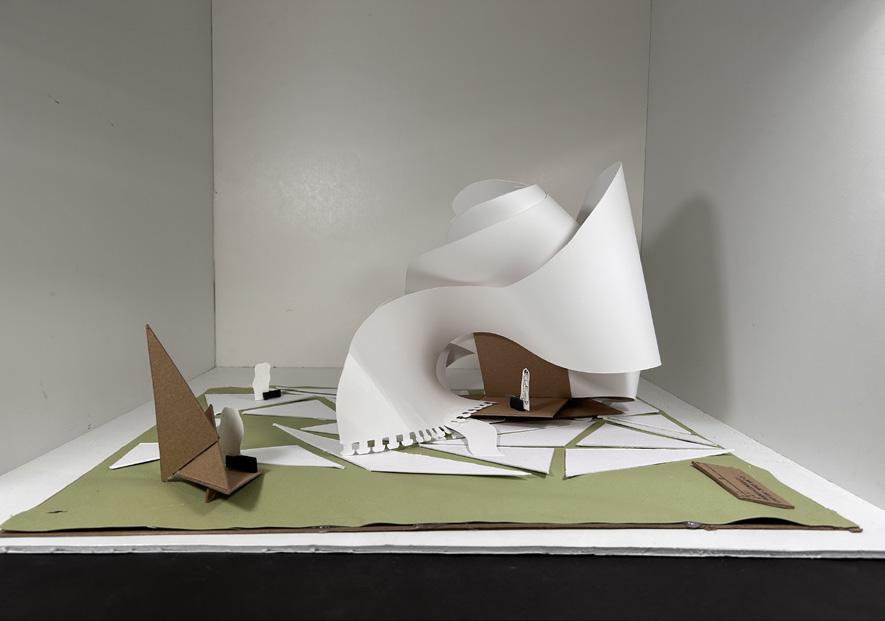
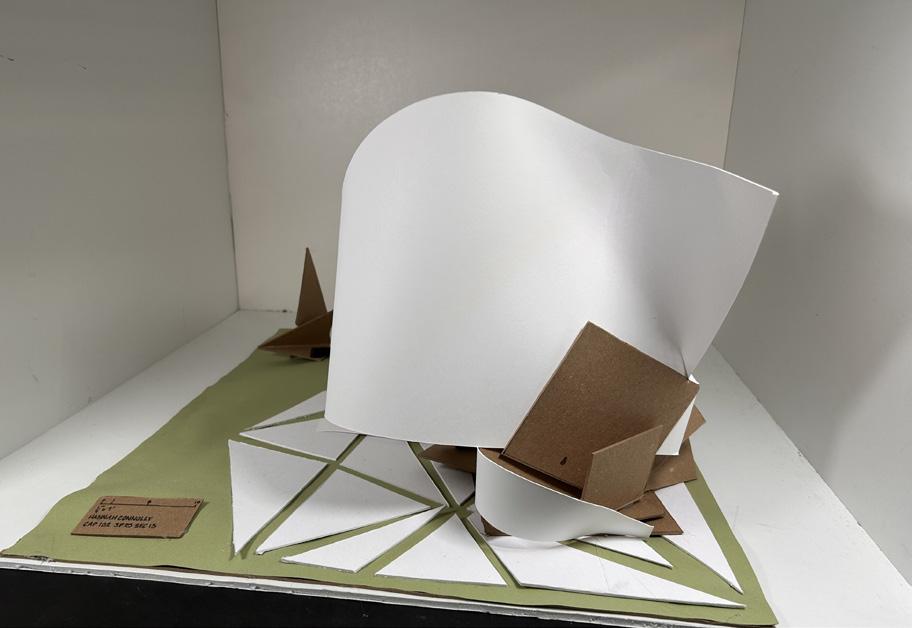
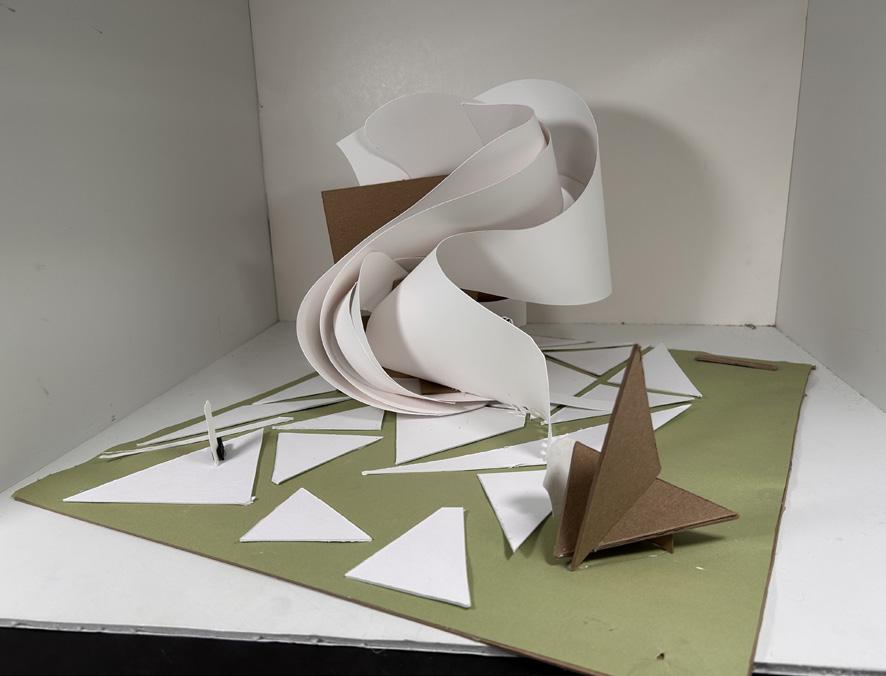
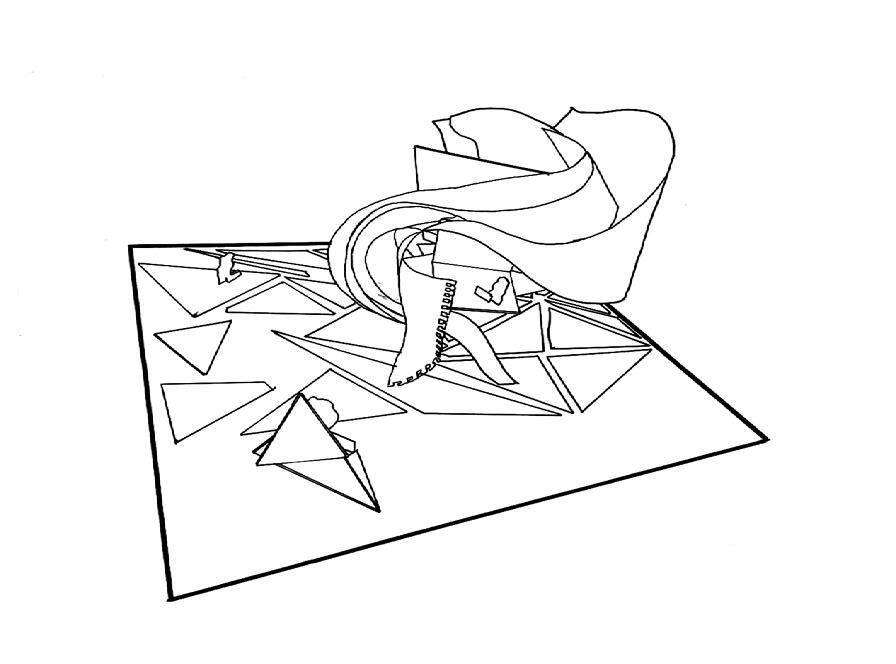
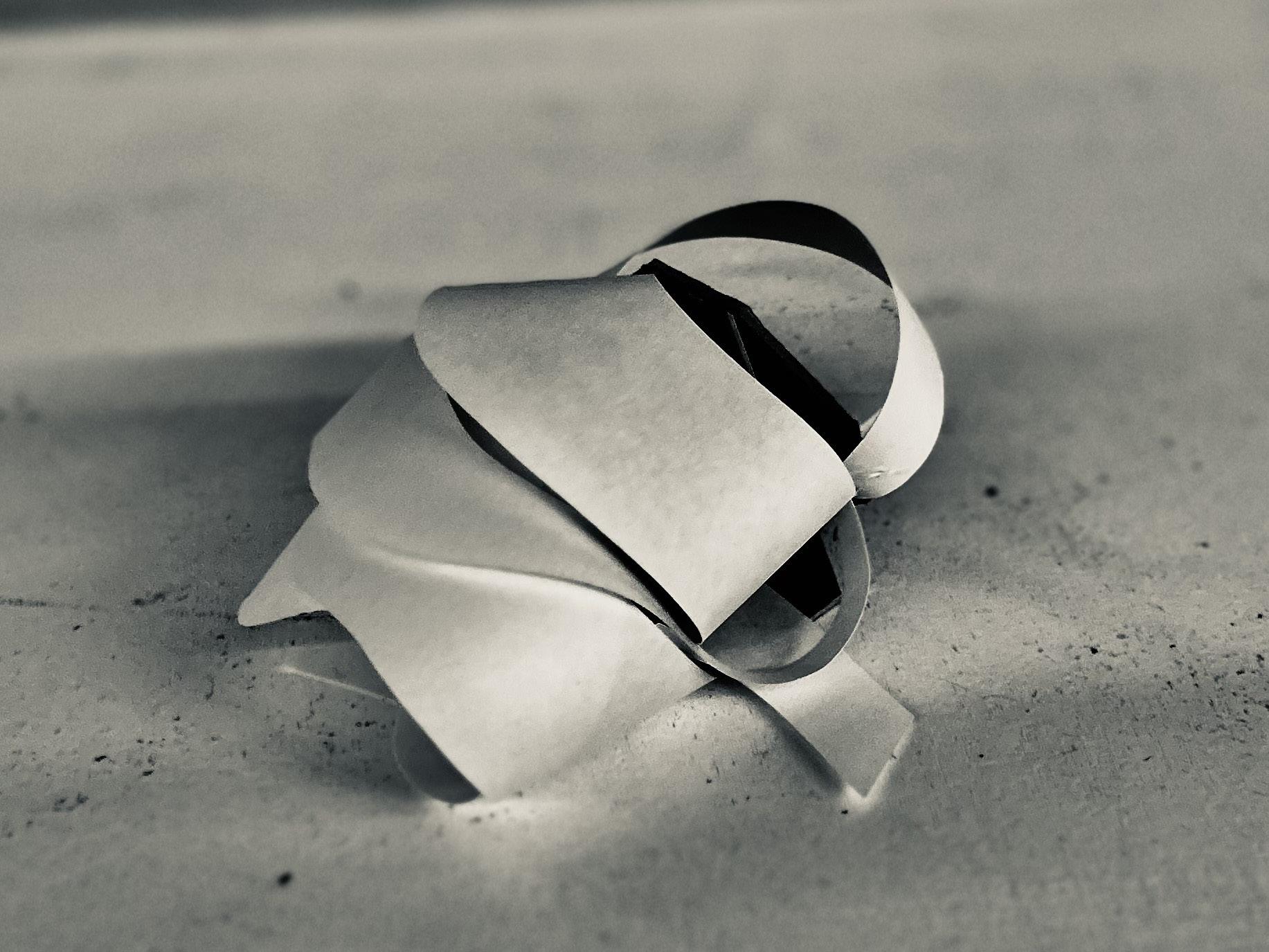
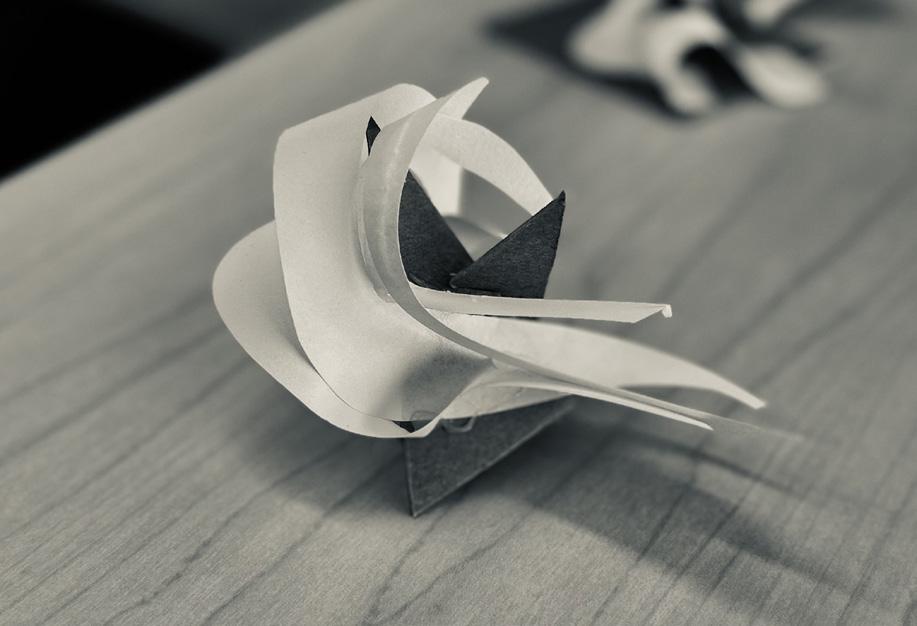
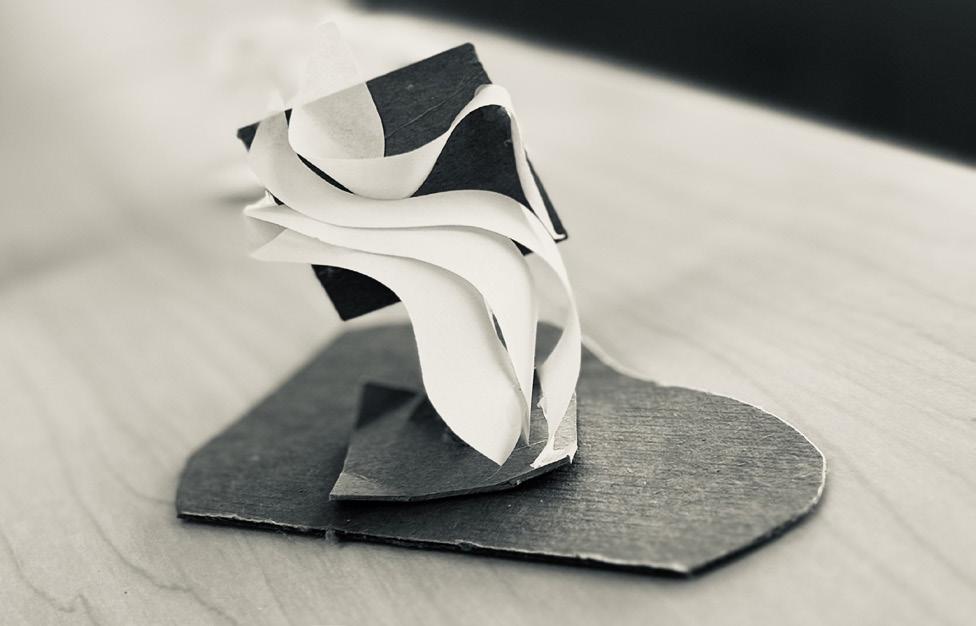
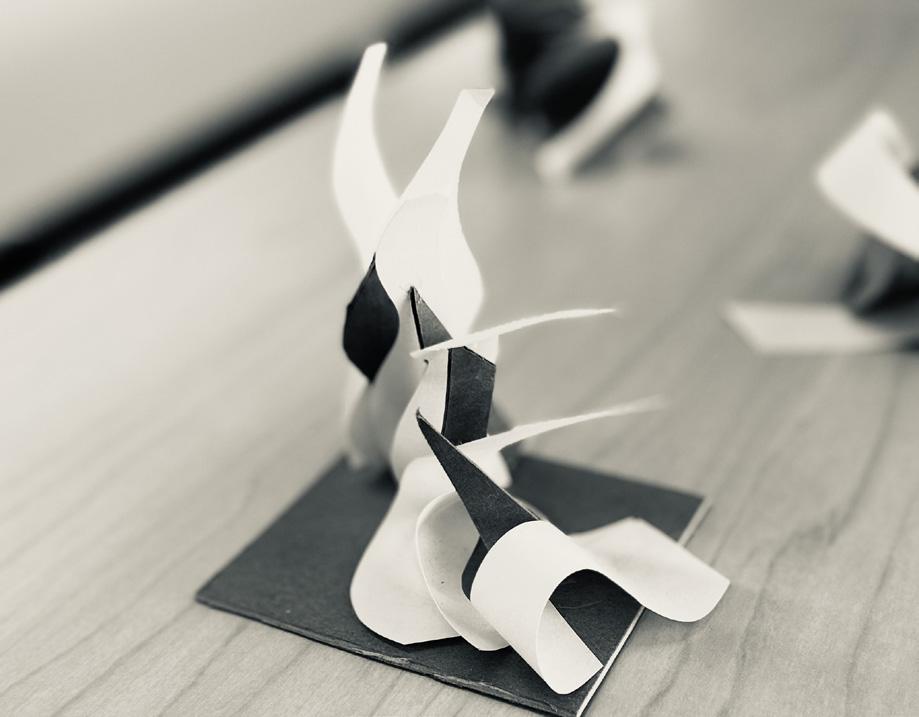
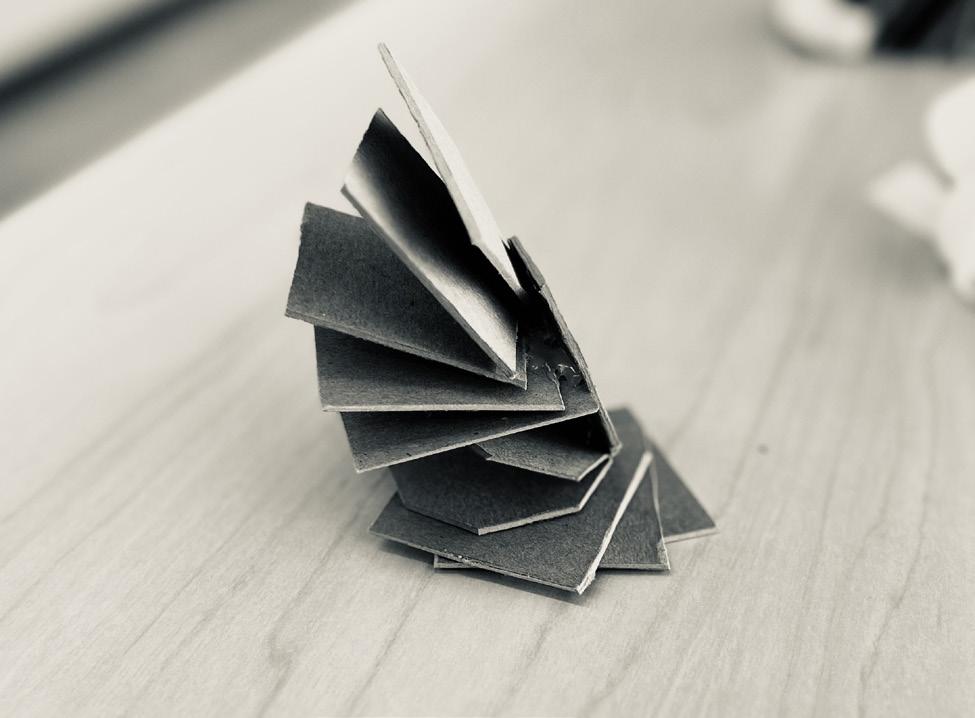
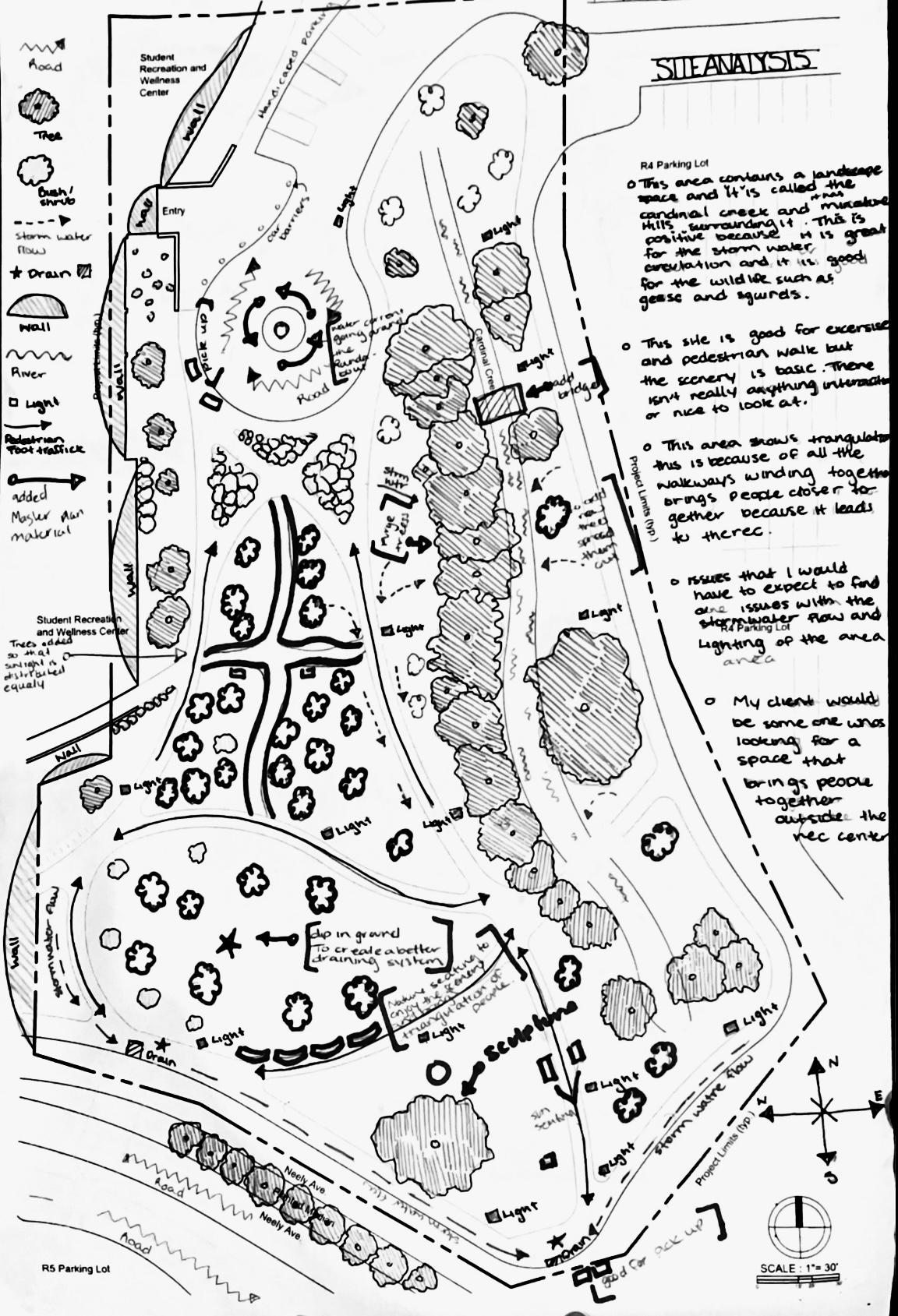
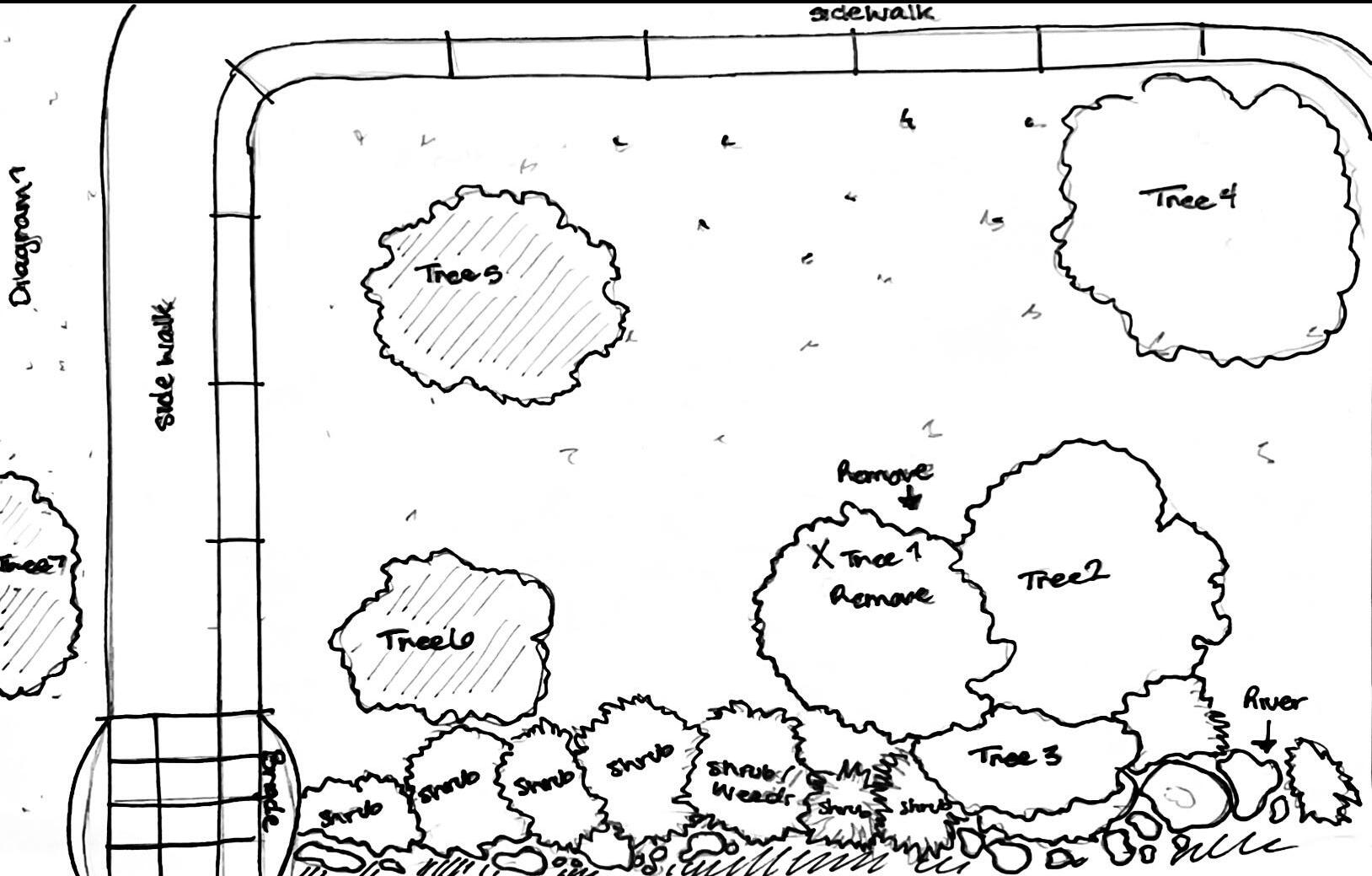
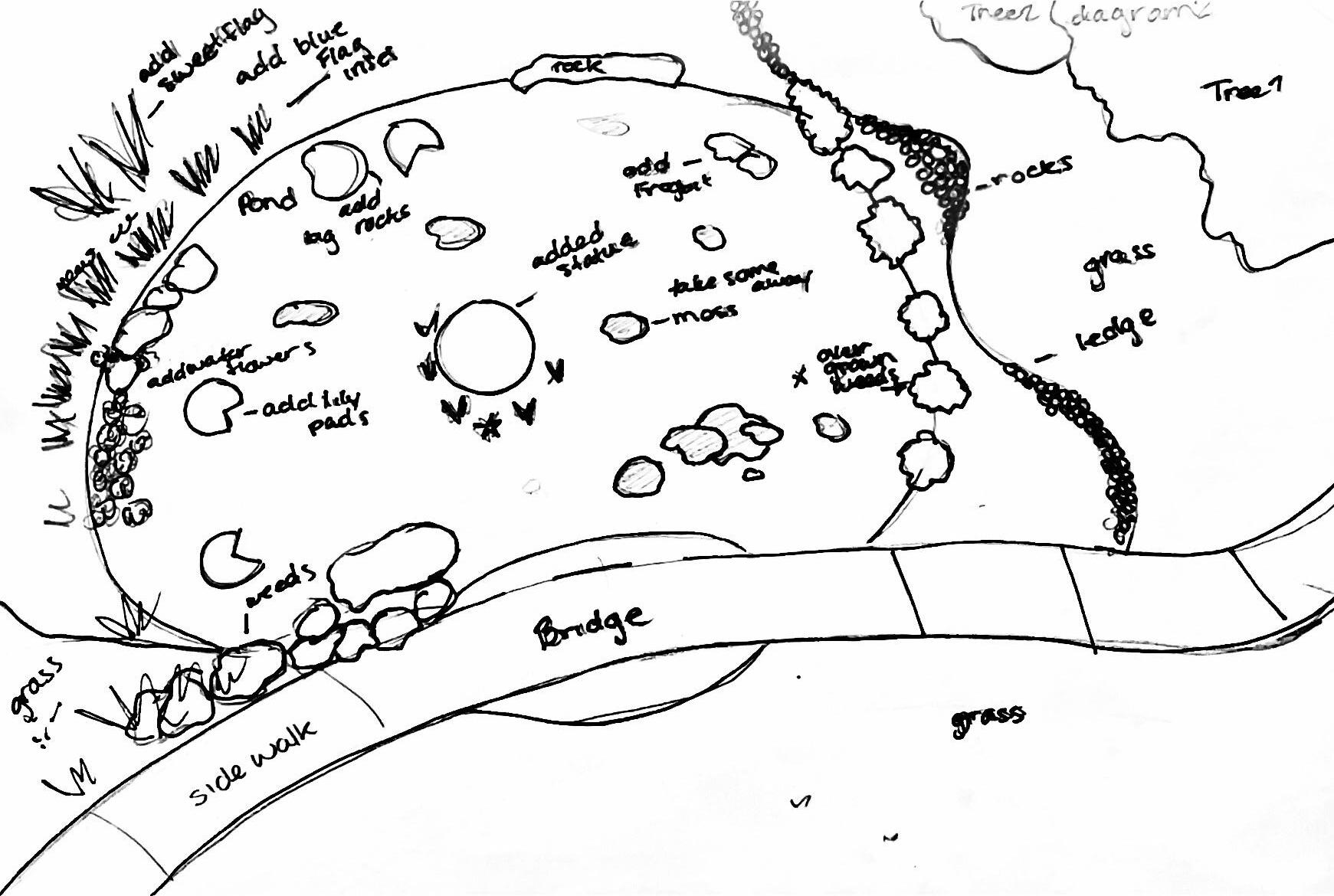
American landscape architect Fredrick Law Olmstead made a mark in American history, and his name has been respected as the father of American LA ever since. He designed city parks, university campuses, open urban spaces, traffic patterns, subdivisions, and private estates. He was a phenomenal landscape architect because of his history and what he has been through. Before becoming an LA, he had no former training but his past experiences such as being a farmer, engineer, writer, and sanitary commissioner amplified his creativity.
The most significant part of Central Park’s creation is the story that led to its construction, who built it, and its purpose. Before it was Central Park it was a large piece of land that smelled and looked uninviting. Eventually, as New York expanded, a big public park was needed. So a competition was announced to determine the layout of the park. Sooner or later, Olmstead and his partner Vaux won. Their layout was called the Greensward plan. Later on, construction started and it consisted of many beautiful things. The main goal of Central Park was to create a sense of “democracy”. The goal was to bring everyone together, regardless of social class or what they looked like. It promoted social integration. As a result, many people came together, hence why it was so successful.
Frederick Law Olmsted’s upbringing and perspectives were significantly shaped by his father, influencing his ethics, theories, design principles, and his commitment to designing places that were accessible to everyone, irrespective of their background. According to Olmstead, he wanted to build spaces that were available to all people, regardless of who they were. He also emphasized the use of the natural environment itself to create beautiful and serene spaces. Olmstead was interested in curvilinear paths, open meadows, and varied topography to mimic natural settings. His designs also allowed for long-term maintenance. In this way, future generations will be able to enjoy his parks. Olmsteads designs were to stay true to the character of the environment and its surrounding. There was a time in my life when I visited Central Park. Most of my family on my father’s side live/or are from New York. So, my parents took me there to experience it for the first time on spring break. When I visited Central Park, I remember that it reflected some of Olmstead’s ethics, design principles, and theories. It had beauty, and many people were viewing the area which meant it brought community. It had long-term maintenance and I know this because of the history behind Central Park. Throughout my life, my parents were always big on seeing art, parks, and museums. Every place I have visited has showcased Olmstead’s theories and principles. There has not been a place that I have been to besides restaurants or inside outings that haven’t reflected Olmstead’s theories and principles.
Writing Sample
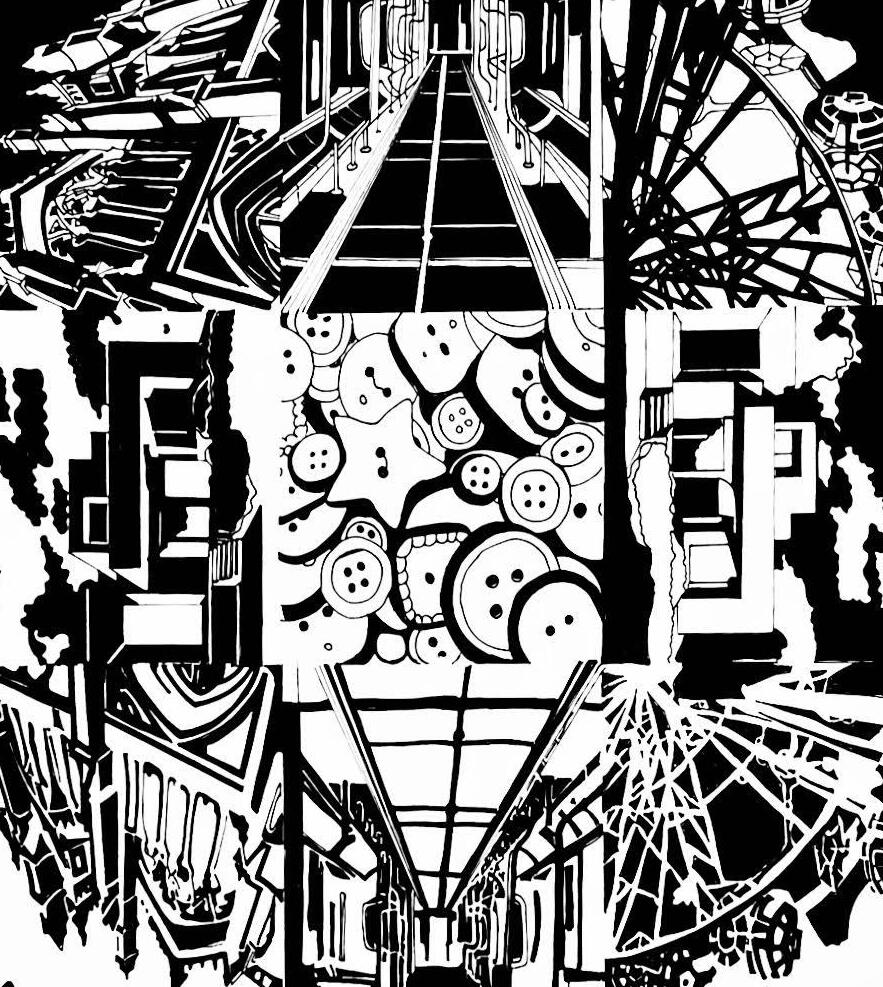
CAP FIRST YEAR PORTFOLIO